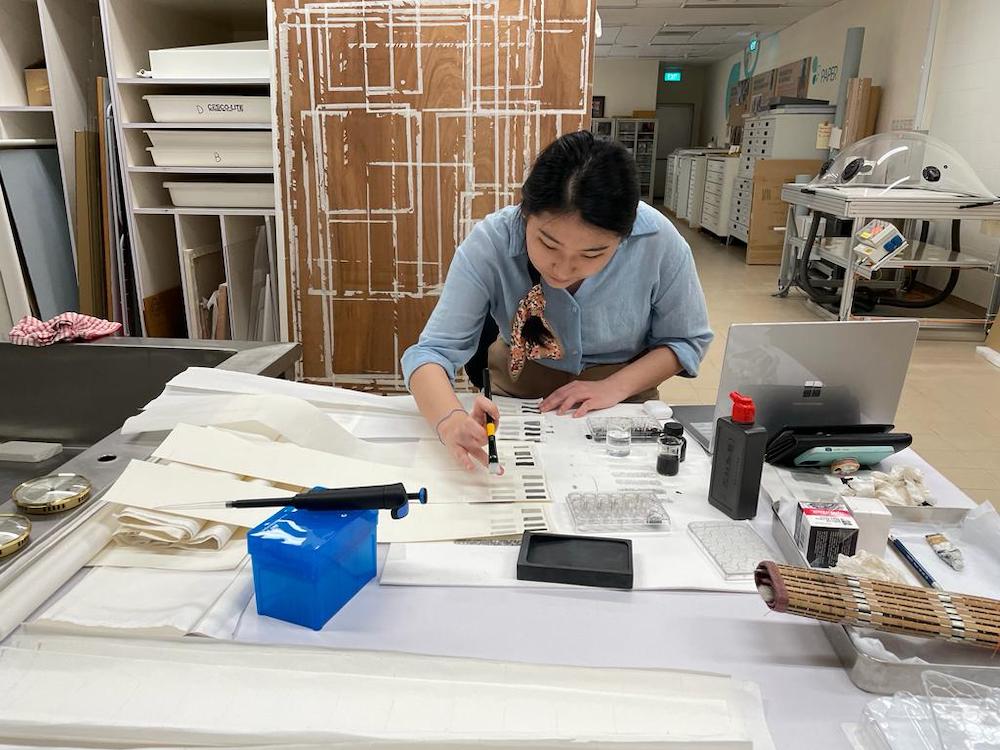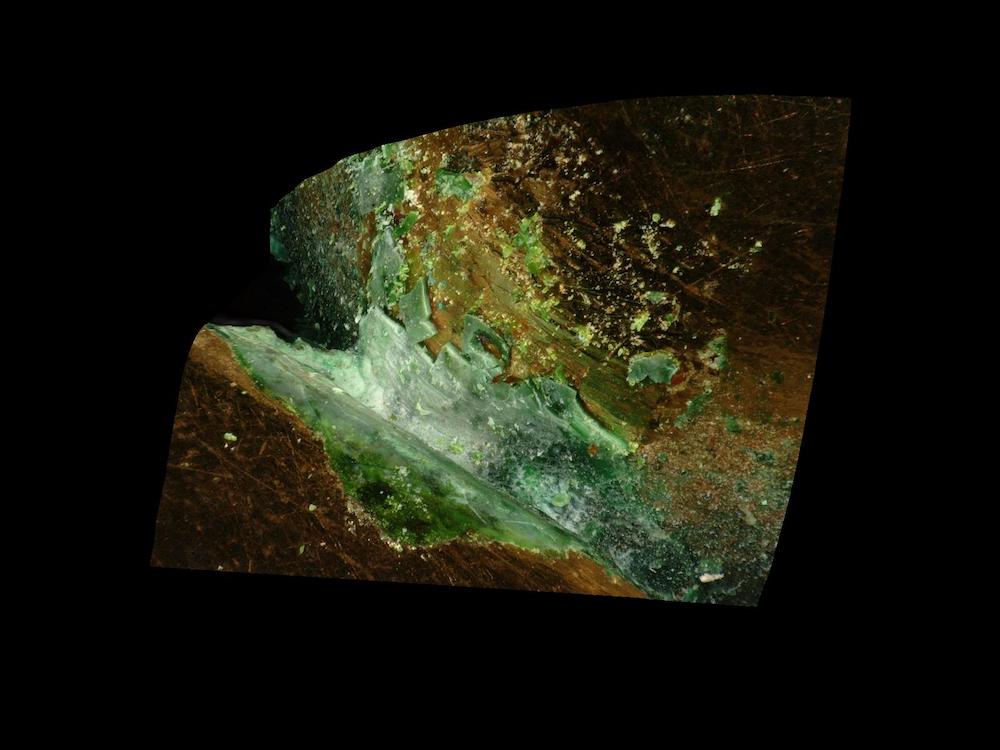Conservation Services
One of the key duties of the HCC is to care for and carry out conservation treatment on the National Collection (NC). The main purpose of this is to strengthen the stability of its physical condition so that the artefacts and artworks can remain accessible for generations to come and preserve our shared heritage. The artefacts are diverse, and their physical condition can range from stable to fragile.
In the HCC, Conservation Services comprises 4 specialisms, namely Objects Conservation, Paintings Conservation, Paper Conservation and Textiles Conservation.
The Conservator assesses and documents the condition of the artefacts through various means of examination techniques and then, provides conservation treatment or preservation recommendations for storage and display. A Conservation Scientist from the Conservation Science section undertakes instrumental analysis in characterising the material composition of an artefact to help the Conservator make informed conservation treatment decisions.
Read on more about the Conservators' work below:
Unveiling the Uncharted – Objects & Paper Conservation
by Lee Siew Wah & Sylvia Haliman
Conservation treatment is an important part of collections care. Treatment methods range from cleaning to repair.
Before doing so, however, conservators first try to find out more about the artefact: what it is made of; how it was made; what kind of damage or deterioration it has suffered, and why. Some of this information can be gained by examining the artefact under magnification, or with the help of imaging techniques using specialised equipment. Understanding the artefact helps us to make suitable treatment decisions to improve its stability or appearance, without altering its historical and socio-cultural significance.
Manuscript Map on Vellum
This map, which is attributed to the Dutch burgher Abraham de Wind, was drawn on vellum (calfskin parchment). Although it may have been stored and handled improperly at some point in its history, the map was still largely intact when received by HCC. However, ink inscriptions on the map appeared faded from physical abrasion.
In multispectral imaging, the artefacts are exposed to different light sources. Conservators can obtain more information about the artefacts from observing the different behaviours of materials under different wavelengths of light. The information obtained can help us to identify the materials and devise conservation treatments for the artefacts.
Through the use of multispectral imaging, we were able to determine that the map’s inscriptions were written using iron gall ink.
As iron gall ink degrades, it produces chemicals that readily absorb ultraviolet radiation. Hence, iron gall ink appears darker under ultraviolet light, which makes the ink inscriptions more obvious.
Interestingly, iron gall ink is invisible under infra-red radiation; this unique property is one of the confirmative tests for iron gall ink. When we tested the map under infra-red radiation at 1000nm, its inscriptions were invisible.
Terrestrial and Celestial Globes
This pair of standing 21-inch English globes was made by John and William Cary – well-known map-publishers and globe-makers of the late 18th and early 19th centuries. Representing the largest size of globes produced during the 1800s, the pair consists of a terrestrial globe and a celestial globe. The terrestrial globe shows the tracks and discoveries made by Captain James Cook as well as that of Captain George Vancouver. The celestial globe features star coordinates and constellations.
This is the only pair of globes in the NC, kept as part of the collection of maps and charts.
The conservation of the globes was a collaborative effort between an objects conservator and a paper conservator – in preparation for the globes’ display in An Old New World at the National Museum of Singapore.
Examination of the structure and surface features of the globes
Conservators engaged in a range of examination processes to understand and to study the condition, material, damage, and construction found on the globes.
It was important to build up knowledge about the globes in order to devise a conservation treatment plan for the care of the globes.
Microscopy
When the surface features of the globes were examined using a digital microscope, the following details were observed:
UV-induced visible fluorescence examination
The UV examination revealed the different varnishes on the globe and its stand and led to the discovery of many old repaired areas.
Conservators and curators worked closely to discuss the treatment needs of the globes.
Curators were concerned about the legibility of the globes’ inscriptions, which are obscured by the glossy and discoloured varnish. However, it was risky for conservators to remove the varnish due to its complexity – possibly involving multiple layers of original and new or added varnish.
After discussion with the curators, a decision was made to leave the varnish intact and untreated.
X-ray
X-ray imaging unveiled the globes’ interior – revealing essential information about construction methods, points of weaknesses, as well as old repairs.
As X-ray is non-invasive, this method allowed conservators to examine the globes’ interior without disrupting their surface or structure.
CT Scan
By allowing us to separate and select individual layers and parts of the globe shell, the CT scan provided a defined form of the hollow interior. We were able to confirm the thinness of the shell, as well as the presence of a metal weight – used as a counterbalance – within both globes.
Construction of the globes
From this investigation, we found that each globe is comprised of two wooden hemispheres joined at the equator to form a hollow sphere with a metal weight within it to act as a counterbalance for the globe. Internally, the sphere is supported by a wooden centre pillar which holds the hour ring, pivot clamp, nails, and meridian ring in place. The meridian ring has grooves, enabling the globes to be rotated on two axes.
Covering the wooden spheres is a plaster layer that is overlaid with printed paper. During the globes’ construction, the paper support was burnished, sized, hand-coloured with water colours, and, finally, coated with varnish.
Making it Last – Textiles Conservation
by Geraldine Sim
After examining and investigating an artefact, the conservator may carry out treatment. Conservation treatment encompasses a variety of activities, such as cleaning and repair, and can involve the use of various tools and materials that are uniquely suited to the required task. What the conservator decides to do depends on the needs of the artefact, with the aim of preserving and highlighting its significance. If needed, a specially designed mount may be created for the artefact so that it can be safely and appropriately displayed.
Child’s Baju Panjang
This child’s baju panjang, or long shirt, was tailored in Indonesia during the second half of the 18th century, using imported cotton from the Coromandel Coast in India. Its striped and floral pattern – in red, blue, purple, and white – was created from hand painted, mordanting, and resist dyeing of the cotton fabric.
Dutch trade routes during the 18th century, when the fabric for the baju panjang would have been traded between the Coromandel Coast and South Sumatra
The baju panjang was the standard women’s wear for most local communities in the Dutch East Indies. However, this garment’s small size suggests that it was worn by a child, and is particularly rare. As it is long and loose fitting, this jacket provided ventilation in the hot and humid climate of this region and would have been worn over a batik sarong.
When HCC received the baju panjang, we documented conditions such as holes, tears, staining, and previous repairs – using a microscope for detailed documentation.
Conservator examining garment under microscope
Based on our observations, we formulated a safe and effective treatment plan to prepare the garment for display.
Beyond Aesthetics – Paintings Conservation
by Filzah Mohd Amir
A variety of media and techniques can be found in the paintings of the National Collection. They range from traditional easel paintings and paintings on glass and wooden panels, to three-dimensional modern and contemporary artworks. They present the diversity of cultural heritage across Singapore and Southeast Asia. Conservators, as custodians of these works of art, have a duty to ensure their long-term preservation. To properly care for these paintings, we strive to understand their structural and material properties, cultural significance, and artists’ intent.
You can learn about selected tasks that Paintings Conservators do, as well as types of damages to paintings as you scroll along the images below.
Framing the Moment
by Damian Lizun
Picture frames are vulnerable to damage. It may occur during exhibition, storage, and transportation, and can be caused by poor handling, adverse environmental factors, neglect, and irreversible restoration. Historic frames are also more complex than they first appear to be and can be made up of a wide variety of materials. Therefore, frame and particularly gilding conservation is a discipline that integrates traditional skills and techniques with modern materials and approaches. The purpose of this case study is to highlight a few details about the frame’s design and the techniques involved in its fabrication and conservation.
Carlo Maratta Frame
The role of the frame in the presentation of a picture fulfils two main functions: protecting and enhancing the painting. Notwithstanding its usual subordinate role, the frame is also a work of art in its own right, designed by an artist or architect and executed by a highly skilled wood carver and gilder. The frame for the portrait of Sir Robert Fullerton is an example of classical elegance that discreetly emphasises the dignity of the portraited subject without overpowering it.
Here, we highlight a few details about the frame’s design and the techniques involved in its fabrication. By bringing into the foreground the tradition of craftsmanship and virtuosity behind frame-making and frame conservation treatments, we hope to help the public understand that a picture frame is a complex piece of artwork and that its welfare depends on proper preservation and, where necessary, conservation treatment.
Provenance and style
The frame appears to be the original for the portrait of Sir Robert Fullerton attributed to George Chinnery (1774–1852), painted between 1802-1807. The frame is a superb example of the British framing style known as Carlo Maratta, which was widely used in England between 1750 and 1820. The style has a characteristic profile that features a concave hollow, known as scotia, in the centre of the frame, which rises outwards to meet a convex top edge. This classical form was decorated with independently carved and gilded ornaments: acanthus-and-tongue in scotia; ribbon-and-stick along the lustre top edge; and leaf-and-tongue along the back edge. The lack of complicated centre and corner ornaments made Carlo Maratta frames economical to construct and, hence, popular among frame-makers of that time.
Decorative bands in detail
How was the frame joined?
The individual frame sections were each made using a single piece of oak wood. The sections are assembled with complicated mortise-and-tenon joints with mitre half-lap corner joints. These types of joints provide utmost strength and stability to the frame, and no keys, dowels, or nails are required.
Photograph and drawing explaining mortise-and-tenon joint with mitre half-lap corner joint
Conservation issues
The frame was in a poor state of preservation before exhibition. The surface of the front of the frame was completely covered with dust and grime, which significantly disfigured the gilded finish. Some parts of the gilded finish were severely and unevenly worn, exposing the coloured bole or white gesso. Other parts were liberally overpainted with a bronze paint during the past restoration. All nails securing the ornamental decoration were corroded and had become weak, resulting in partial detachment of the ornaments from the frame. Intensive nailing of the decoration bands to the frame resulted in the cracking and separation of the gesso layer from the wood.
Conservation treatment
The discipline of frame conservation integrates traditional skills and techniques with modern materials and approaches. The conservation was divided into four major treatments: consolidation of weak and unstable gesso; cleaning of gilded finish; infilling the lost gesso; and gilding in the areas of lost or heavily and unevenly worn gold leaf. The consolidation and cleaning of the frame took advantage of modern materials and methods.
On the other hand, the infilling and gilding involved the use of traditional recipes and techniques, which guarantee the perfect integration of the new and old materials.
Close-up of the frame during: A) gesso infilling; B) new infills recutting
Detail of the frame during cleaning: A) uncleaned; B) cleaned
The Technique of Gilding
Gilding – the process of applying extremely thin sheets of gold to a surface – requires gilders to have extensive skills, knowledge, tools and experience in order to obtain good results.
The Miracles of Science – Conservation Science
by Lynn Chua
Science plays an important role in the field of Art and Heritage Conservation. Through this interdisciplinary field – “Conservation Science” – we study the material and chemical aspects of the artwork using scientific instrumentation.
The analyses of artworks can be non-invasive (do not require taking a sample) or micro-invasive (a small sample is taken from the artwork). Such analyses can help us to understand how artefacts were made, or how they have degraded, so that we can care for them appropriately.
Officer’s Sword
Lloyd’s Patriotic Fund £50 presentation sword
This sword, dated 1804, was presented to the captain of an East India Company ship as a reward. While we marvelled at its beauty, we wondered how the sword had been decorated, prompting us to study the gilded and blue areas using scientific analysis.
How was the gold applied?
Through X-ray fluorescence (XRF) analysis, we found traces of mercury (Hg) in the gold (Au). This result suggests that the gold was applied through mercury gilding.
XRF analysis of the gold gilding on the sword
Bluing technique
Through Raman spectroscopy analysis, the blue areas of the sword were found to contain magnetite, an iron oxide that is black with a metallic luster.
Raman analysis on a blue area on the sword
The Blacksmith’s Craftsmanship
Magnetite can be formed on steel by heat or chemical treatment. Further examination with a light microscope suggests that the bluing technique was likely achieved chemically through “rust bluing”:
This process involved rusting the steel surface evenly by coating it with an acid solution. The sword was then immersed in boiling water to convert the red rust to black magnetite.
As the final blue hue depended on the thickness and uniformity of the magnetite film, blacksmiths required skill and technique to achieve the desired shade of blue.
Aside from improving its aesthetics, bluing also had the additional benefit of protecting the steel from corrosion.
Bluing surrounds the gold (left); Bluing appears brushed-on (right)
The East India Company Chart Case
During the early 19th century, this leather chart case was used for storing sea charts. At first glance, the surface was observed to be highly glossy with crack lines. This was an unexpected occurrence, not normally seen in degrading leather.
To help the conservator decide how to preserve the chart case, scientific investigation was carried out. Crack lines on the chart case allowed us to extract tiny fragments for analysis. Thanks to advances in modern-day instrumentation, we were able to address the conservator’s questions relating to the chart case’s conservation.
Loose pieces of fragments, taken from the chart case for microanalysis
Was a coating applied on the leather?
Under ultraviolet (UV) light, a yellowish fluorescence suggested the presence of a coating.
Examining the chart case under UV light
Under blue light, an area of loss on the chart case revealed three layers:
- An outer yellow fluorescing layer
- A black layer
- An innermost reddish fluorescing layer likely to be leather
Examining an area of loss under blue light (left)
Thus, we could conclude that the leather case was covered with a coating.
What type of coating?
A tiny loose fragment lifting from the surface of the chart case was embedded in resin, ground and polished to reveal its cross-section.
When stained with chemical solutions, all layers (1-3) darkened, indicating that the layers contain:
- Oil
- Protein
- Protein
Cross-section of the fragment under blue light after staining
What type of coating?
Through Fourier Transform Infrared Spectroscopy (FTIR) imaging, the chemical component in each layer was identified as:
- Lacquer
- Leather
- Leather
Hence, we concluded that the surface coating is an oil-based lacquer, likely added by the maker to offer sheen, durability, and weatherproofing properties to the leather case. These findings clarified our understanding of the degraded surface, enabling the conservator to decide whether to treat, retain, or remove the coating on the chart case.
FTIR imaging: Red areas show where the lacquer and leather components are located in the cross-section.
A Day in the Life of Conservators
Artefacts and Artworks Featured
Collection of Asian Civilisations Museum
2011-00088, Child’s Baju Panjang, 2nd half of 18th century
Collection of National Gallery Singapore
2010-00391, Studying at Equator, Koeh Sia Yong, 1966
2014-01309, Still Life Studies, Tay Boon Pin, 1962
HP-0157, Ancestral Portrait, 19th century
P-0754, Drummer, Yeh Chi Wei, c1970s
2008-06929, A fleet of boat in Indonesia, Wu Guanzhong, 1994
Collection of National Museum of Singapore, National Heritage Board
2017-00528, Portrait of Robert Fullerton, George Chinnery, early 19th century
2018-00066, 21-inch terrestrial globe by J & W Cary, 1800
2018-00067, 21-inch terrestrial globe by J & W Cary, 1799
2018-00083, East India Company Chart Case, c1830
2019-00082, Lloyd’s Patriotic Fund £50 presentation sword,1804
XXXX-01629, Din Oad Burger Capikin Abraham di Wind (Manuscript Map on Vellum), undated
HP-0005, Empress Place, Y. H. Yan, 1914
Strategic Communications & Digital Department, National Heritage Board
Video: A Day in the Life of Conservators
CREDITS
Lee Swee Mun, Senior Conservator/Senior Asst Director, HCC
Damian Lizun, Senior Conservator (Paintings), HCC
Lee Siew Wah, Conservator (Paper), HCC
Geraldine Sim, Conservator (Textile), HCC
Sylvia Haliman, Conservator (Objects), HCC
Clare Lim, Conservator (Objects), HCC
Filzah Mohd Amir, Asst Conservator (Paintings), HCC
Dr. Steven Wong Bak Siew, Singapore General Hospital
Yeo Chye Whatt, Kenneth, Singapore General Hospital
Muhammad IIlyyas bin Mahmood, Singapore General Hospital
Ooi Xian Hua, Singapore General Hospital
Sim Wei Yow, Singapore General Hospital
To know more about how we care for the artefacts in the Singapore National Collection:





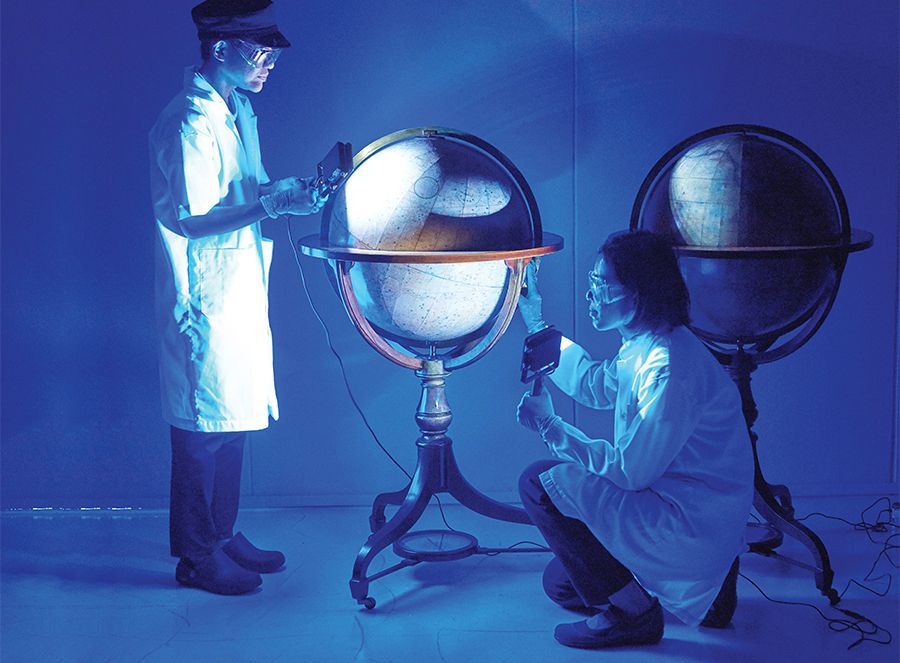
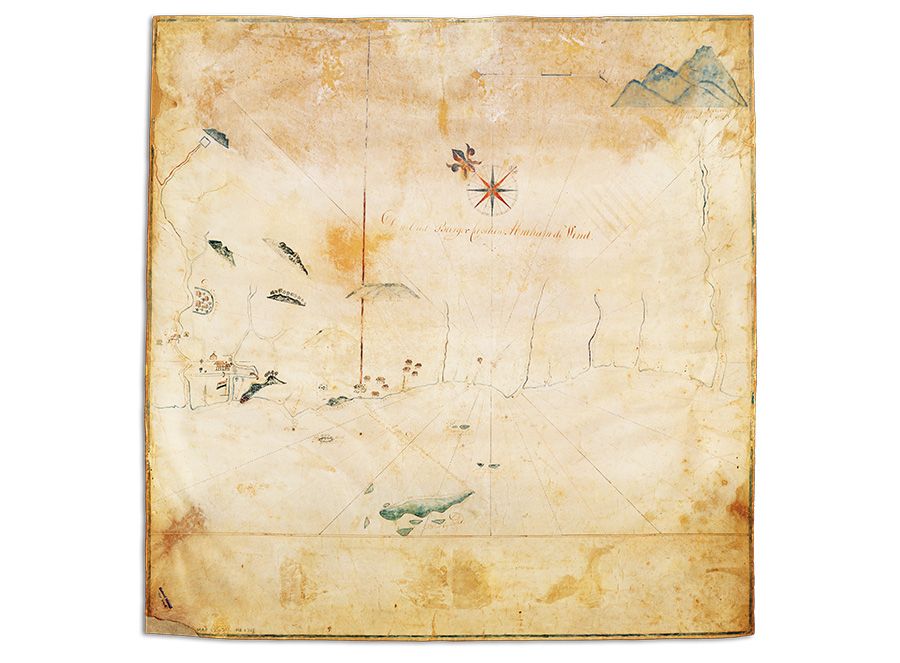
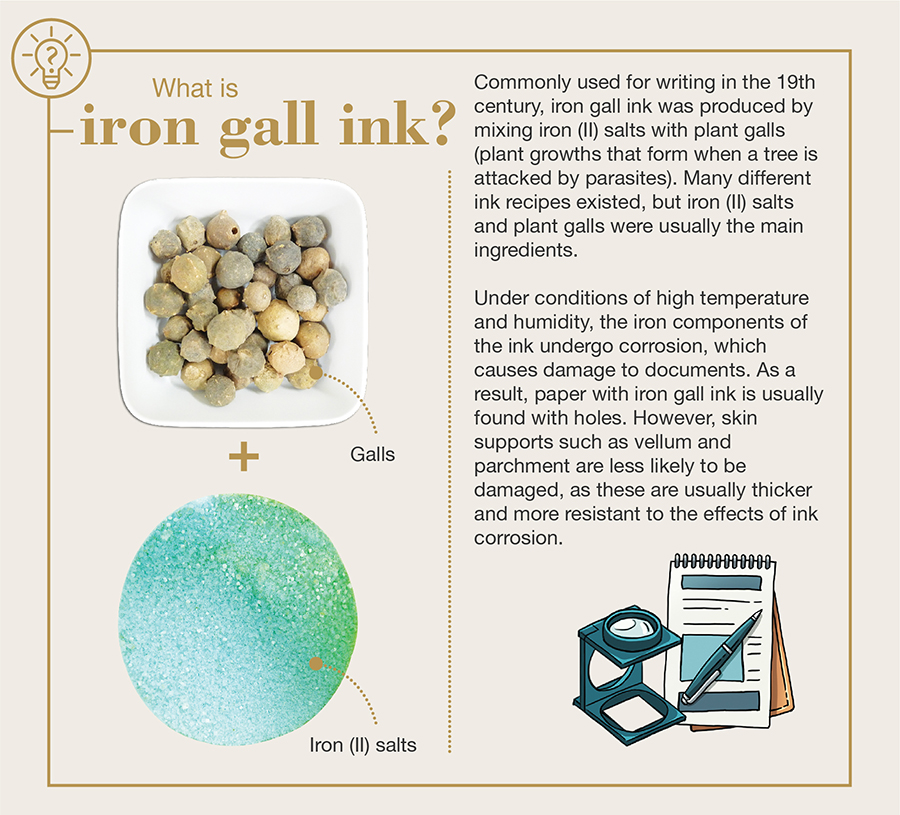
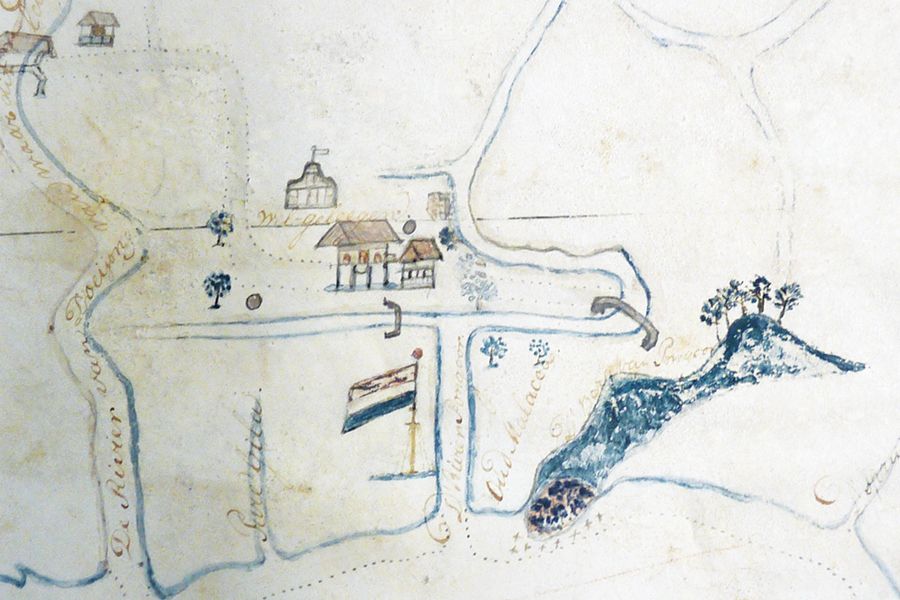
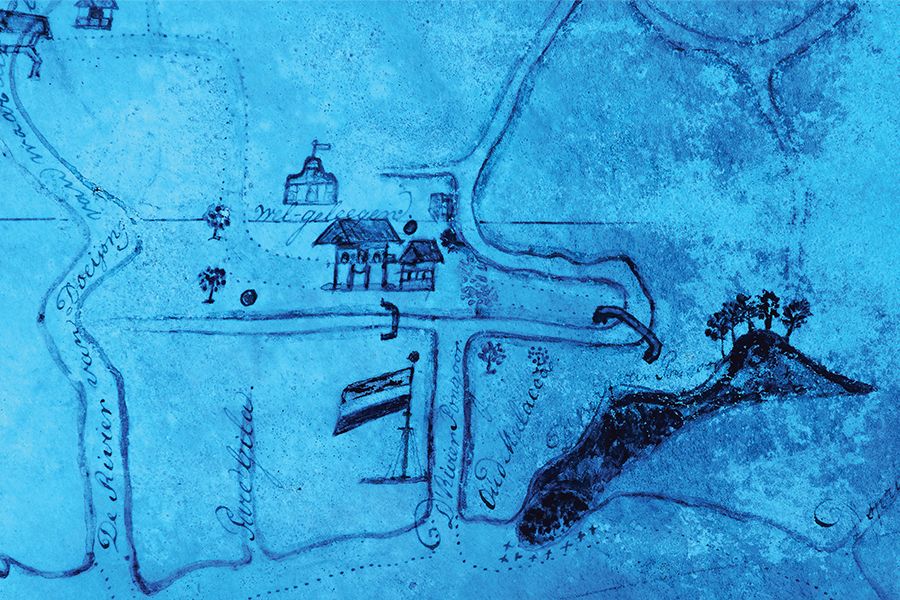
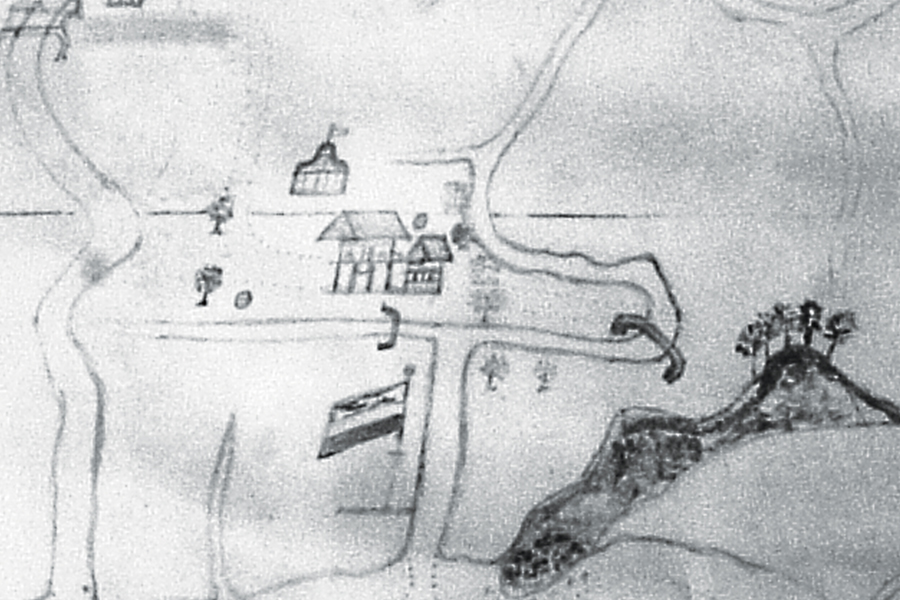
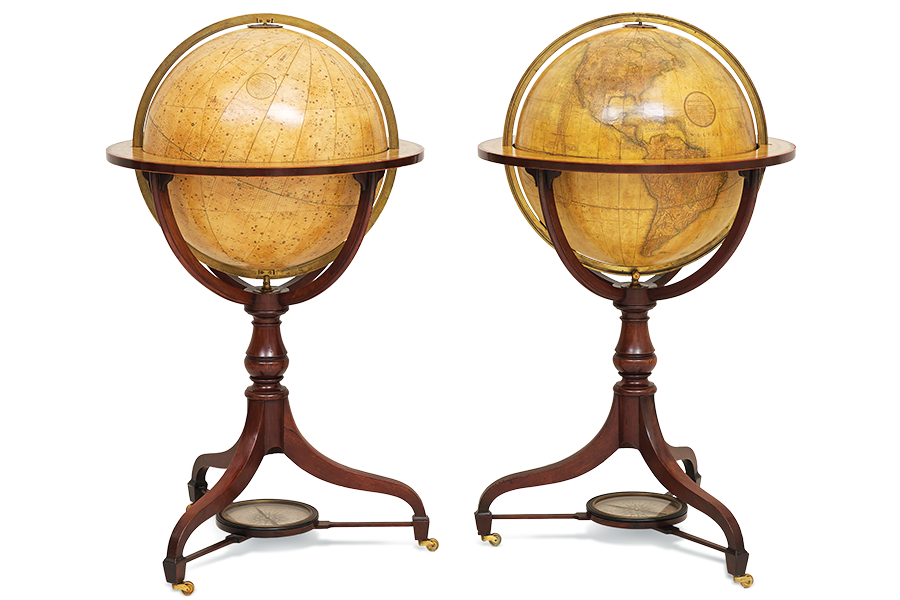
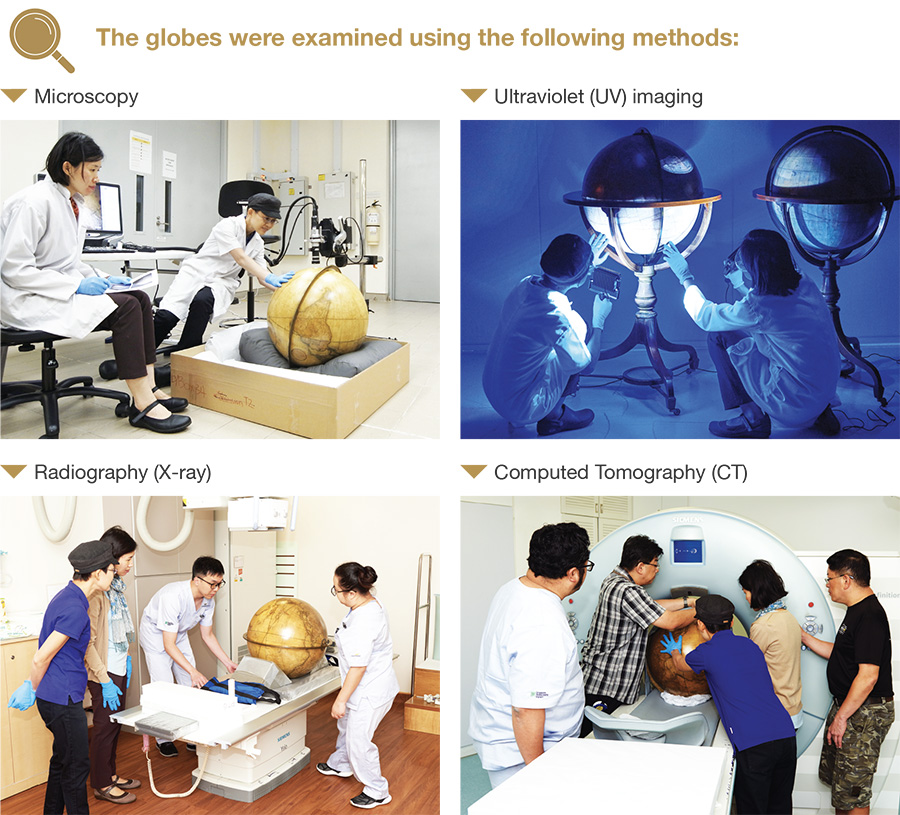
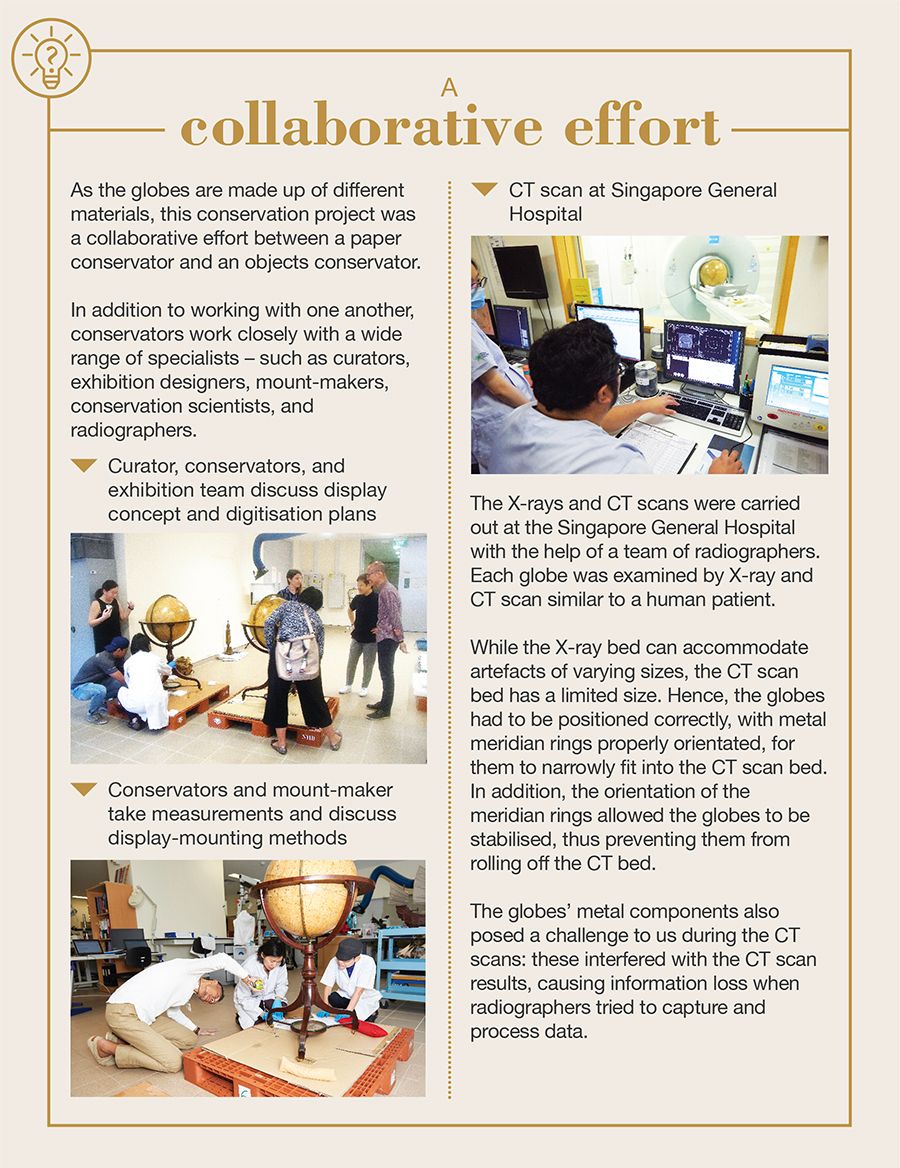
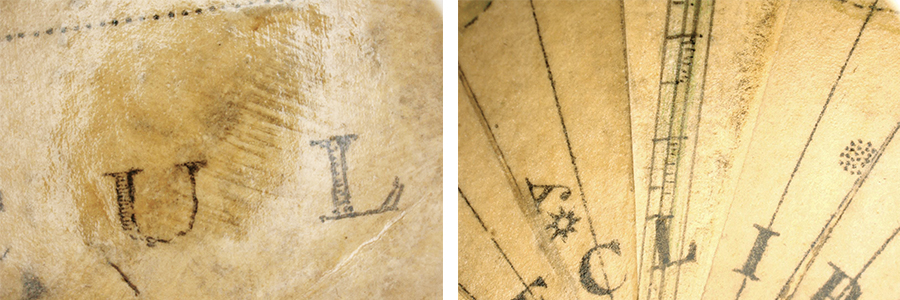
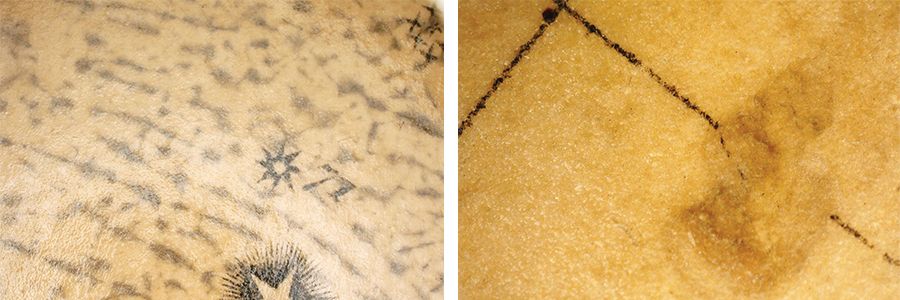
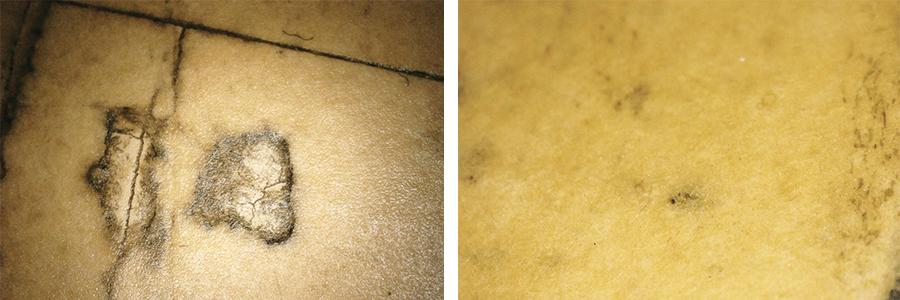
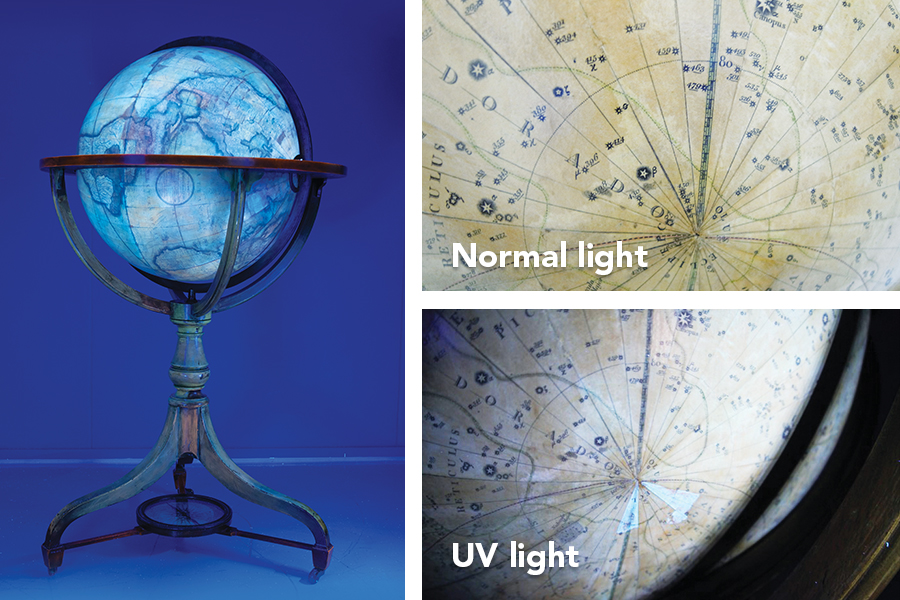

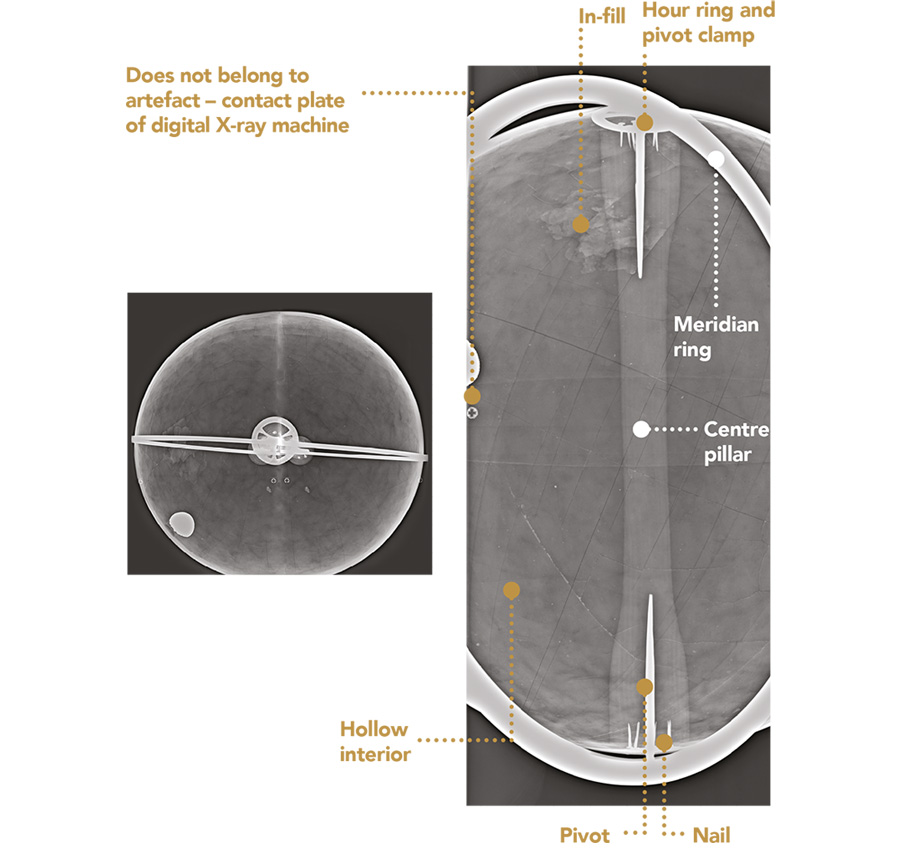
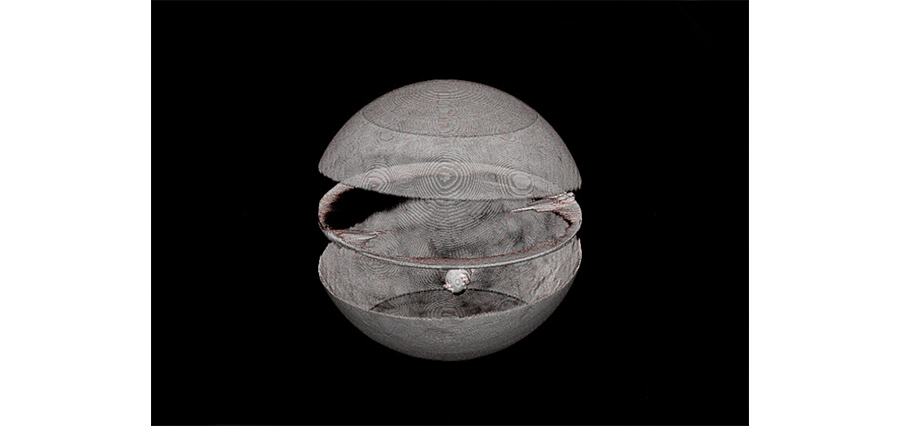
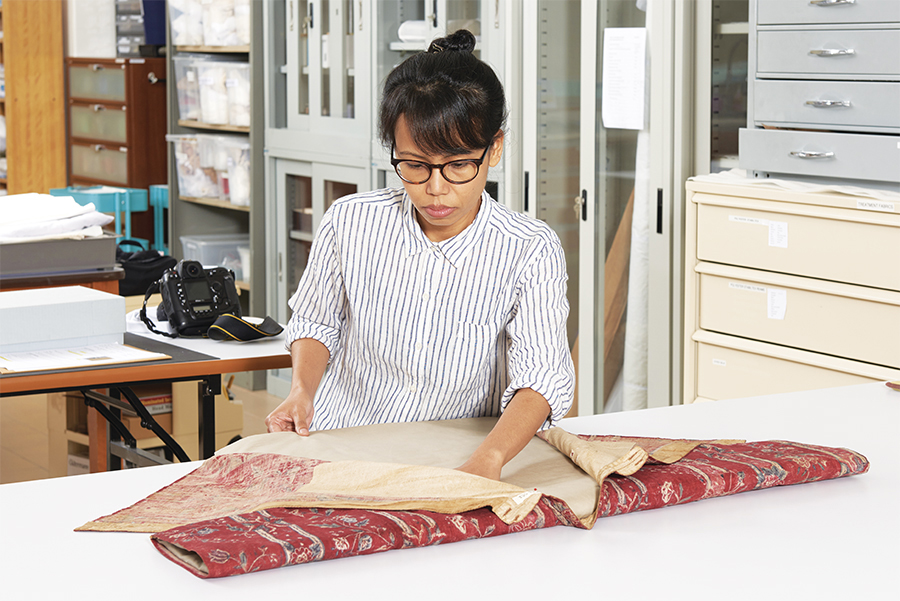
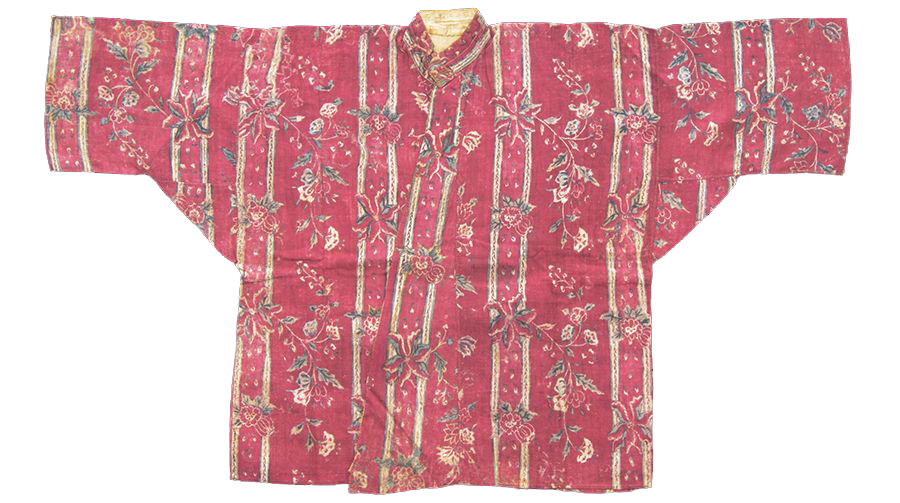

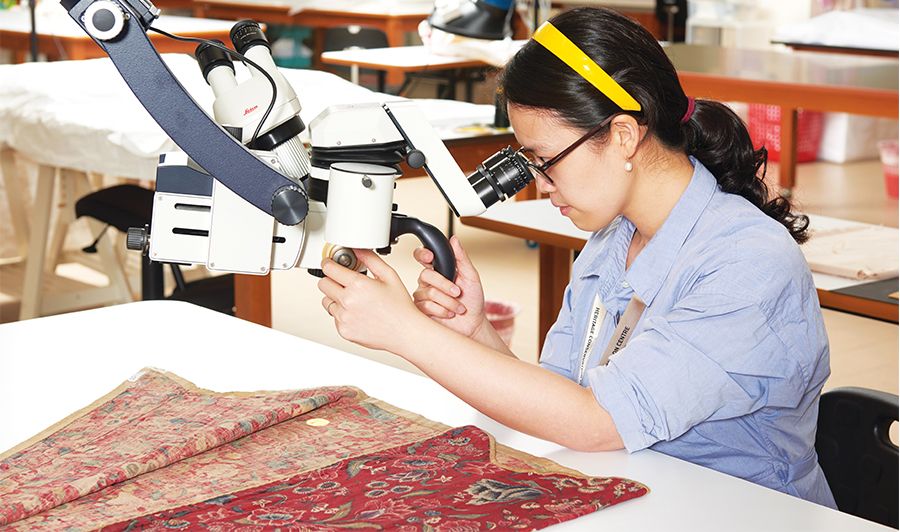
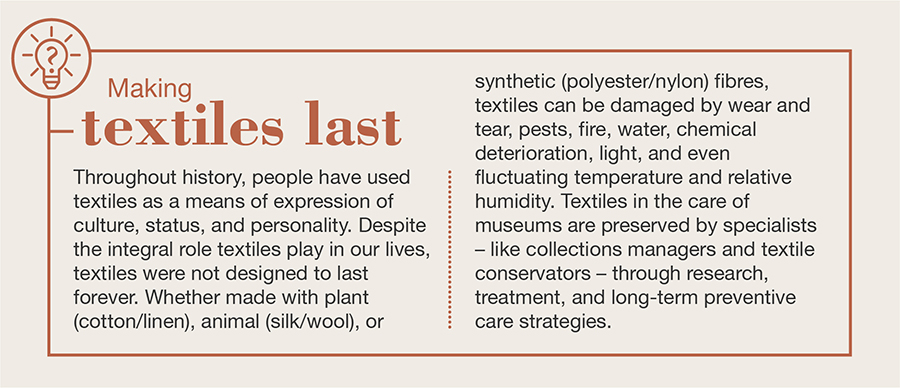
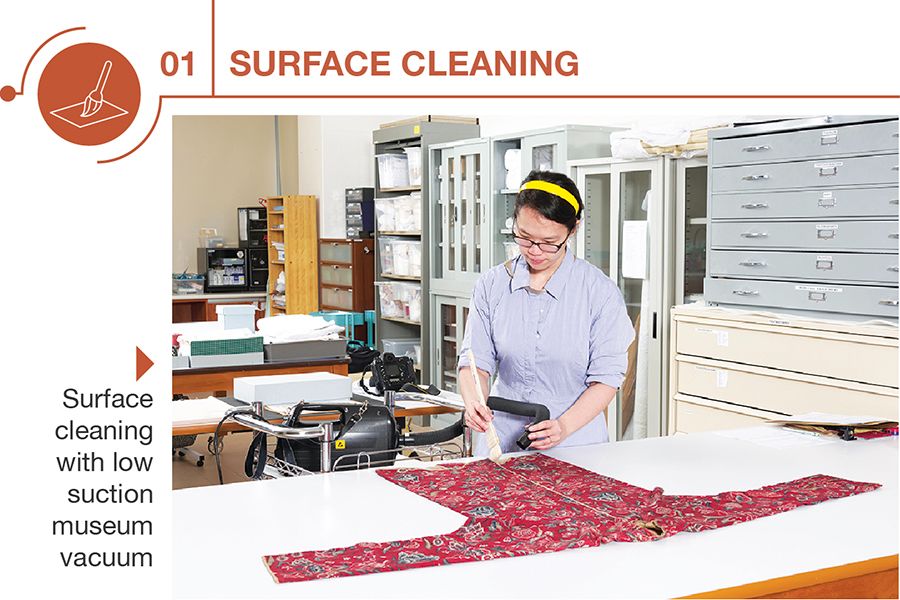
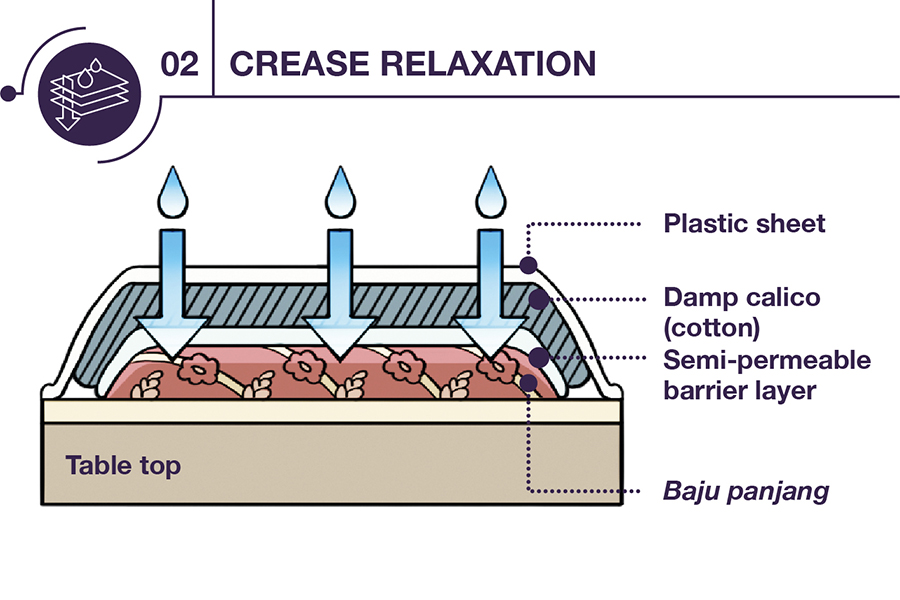
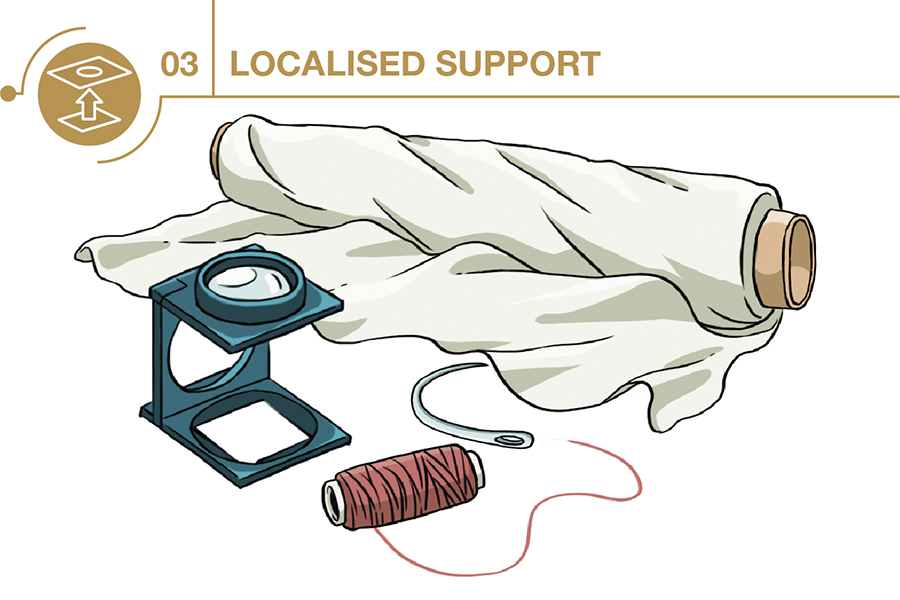
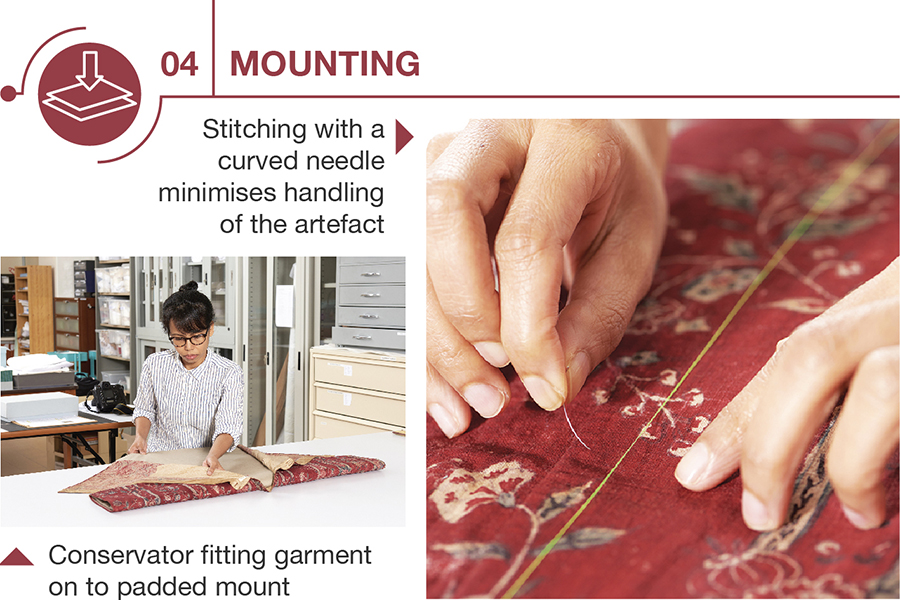
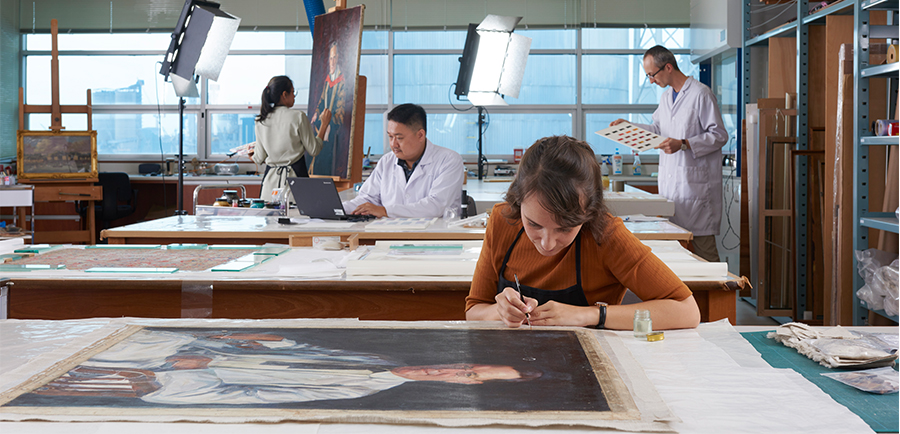
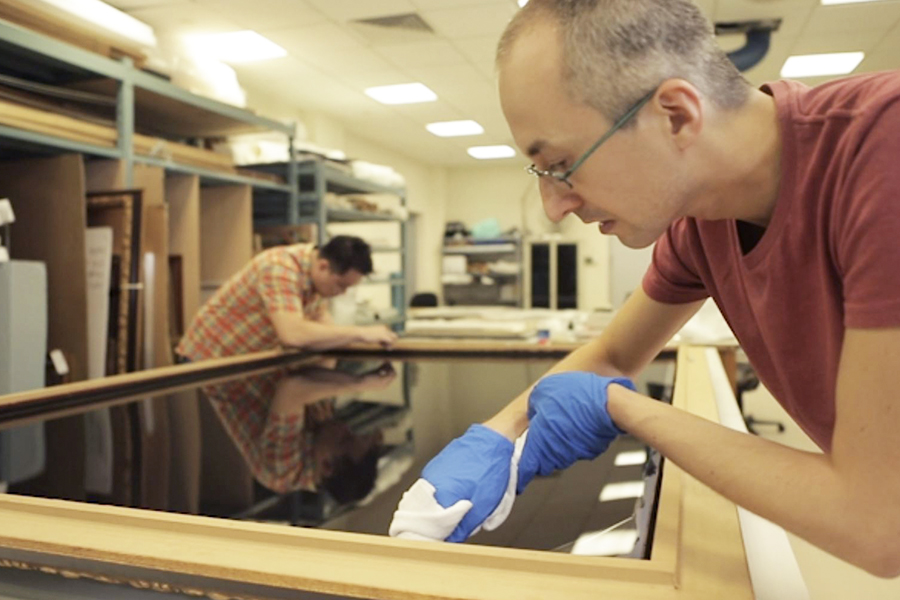
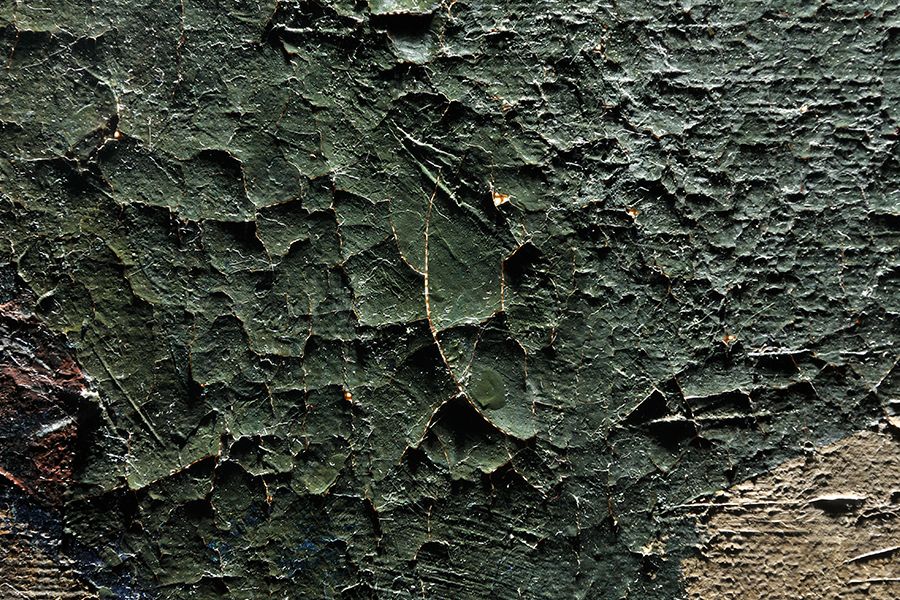
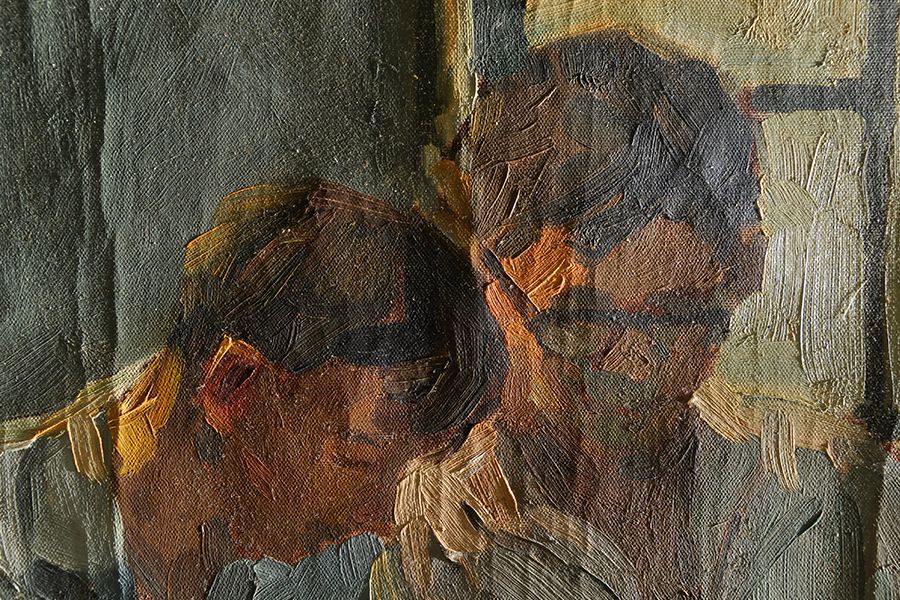
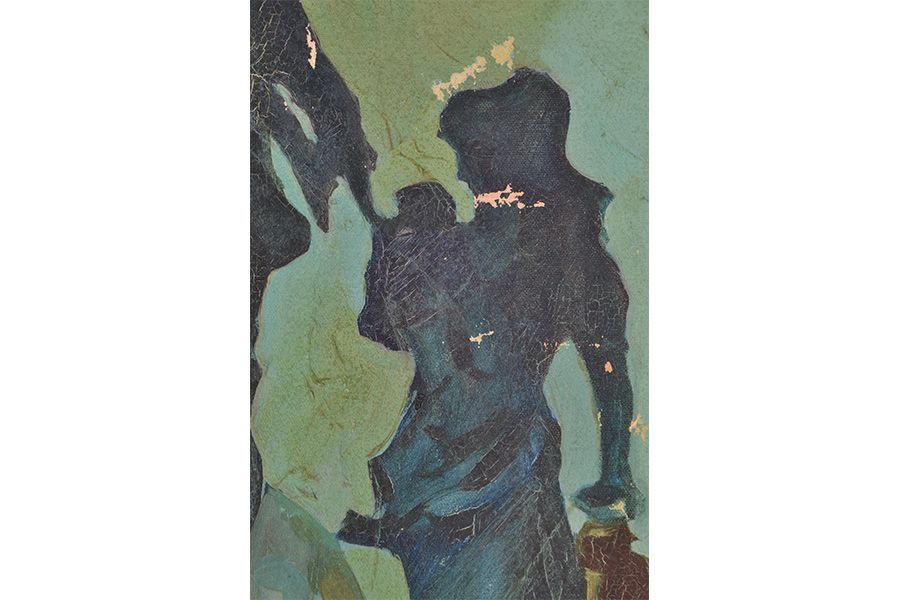
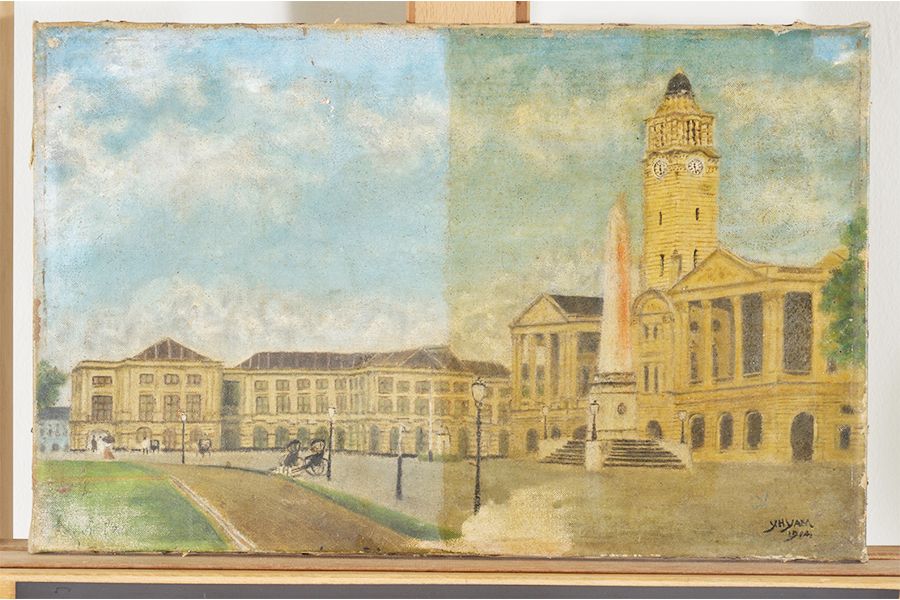
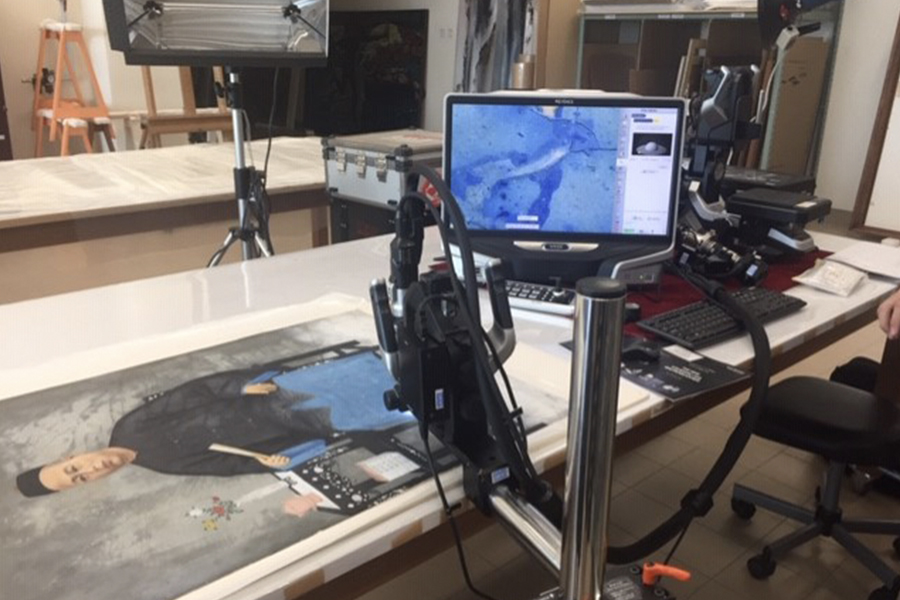
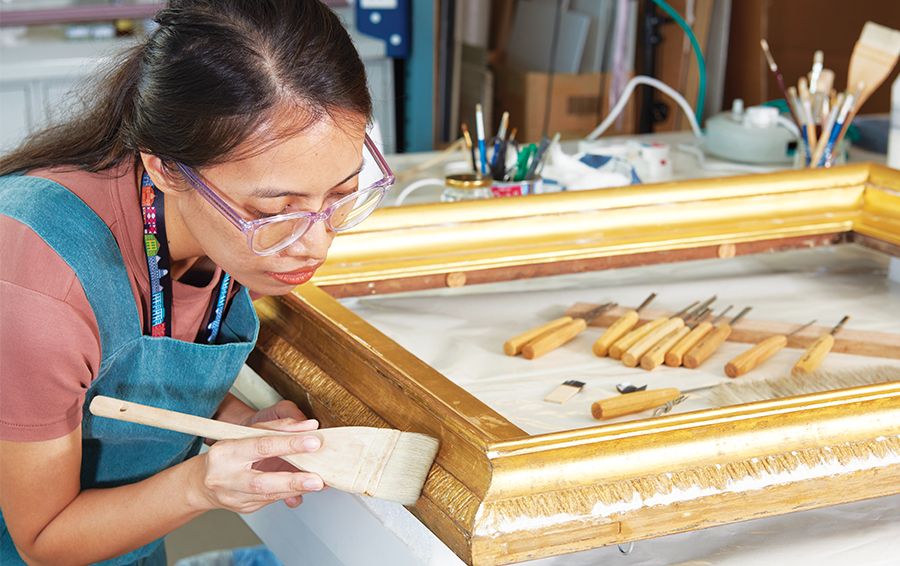
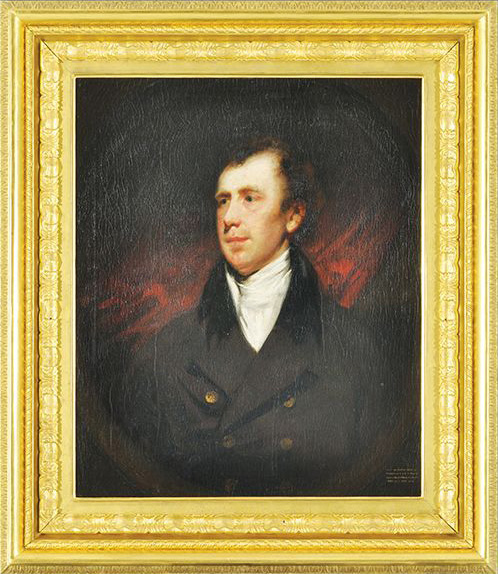
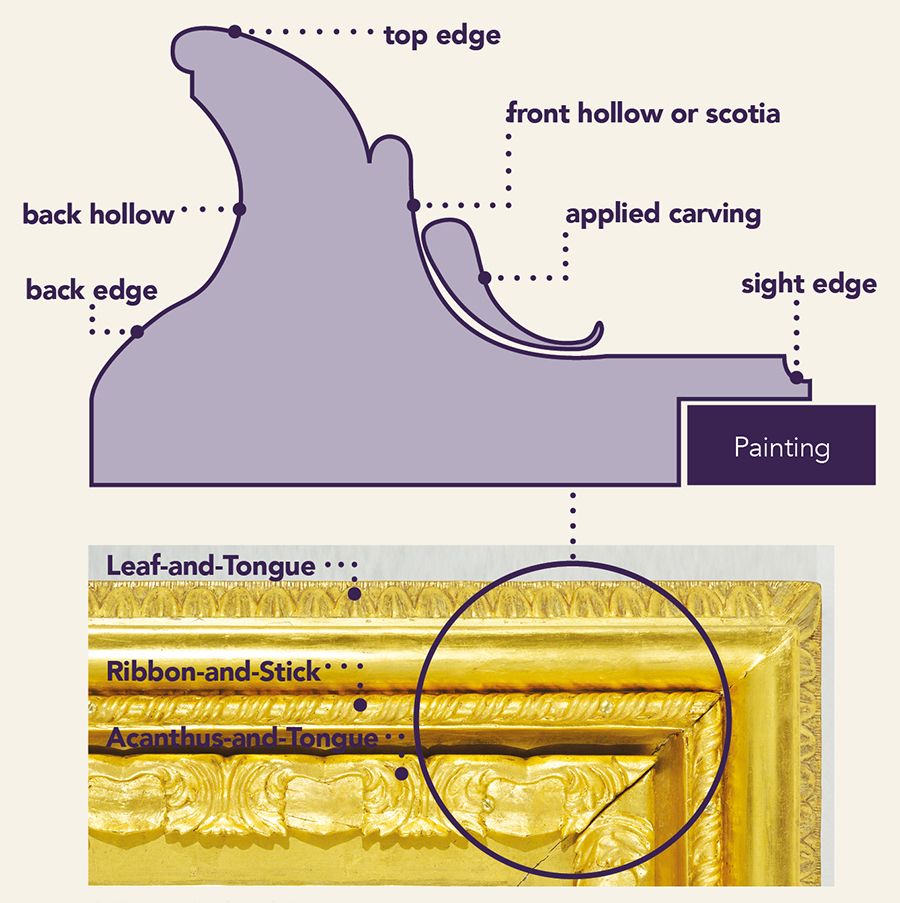
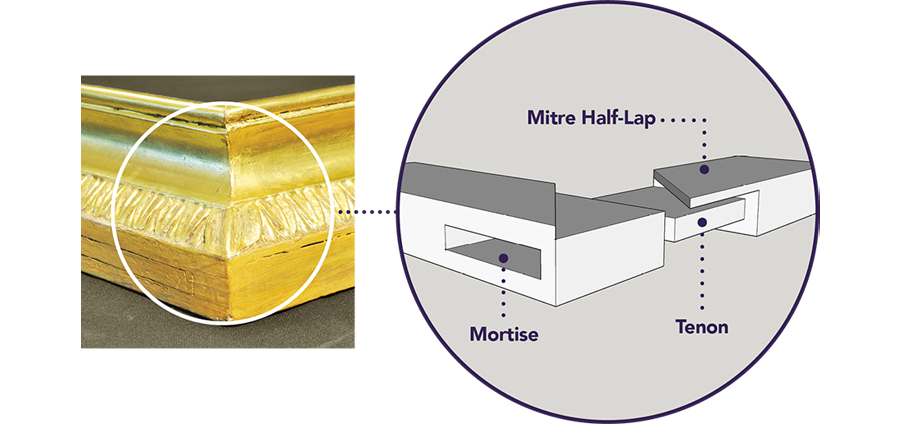
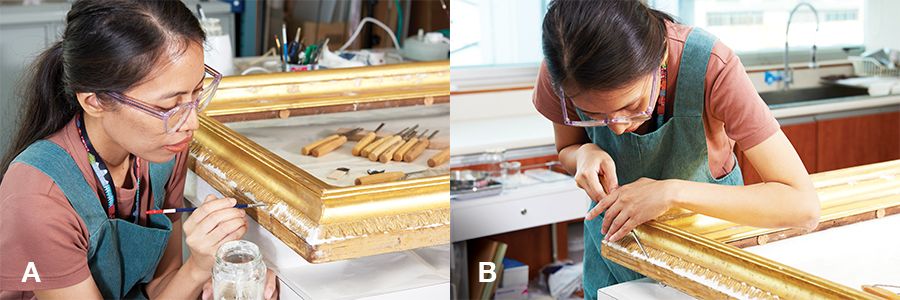
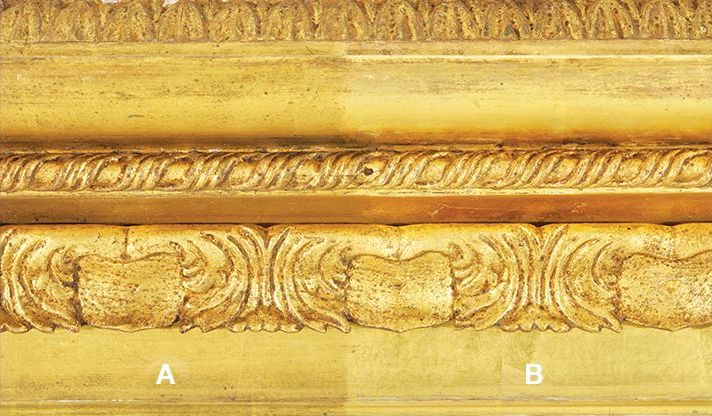
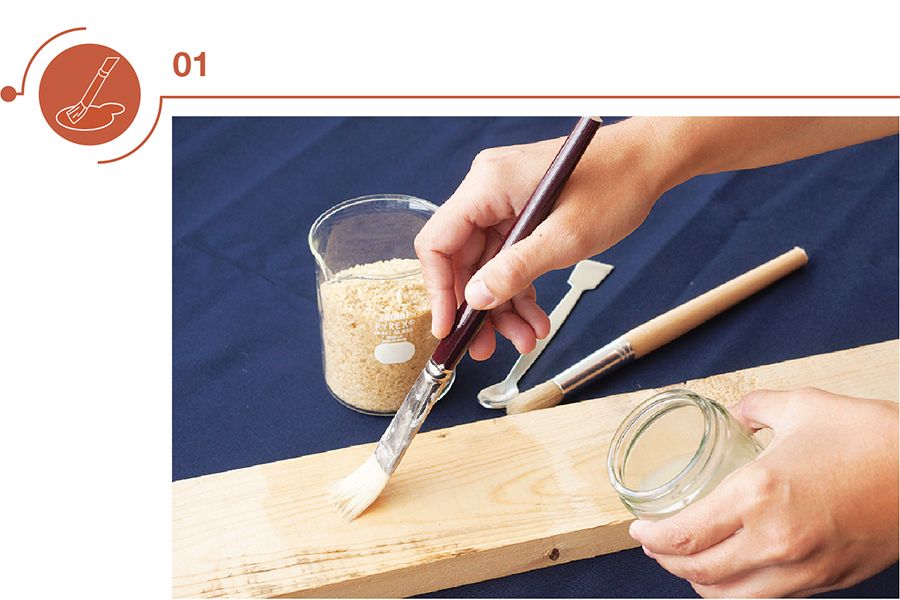
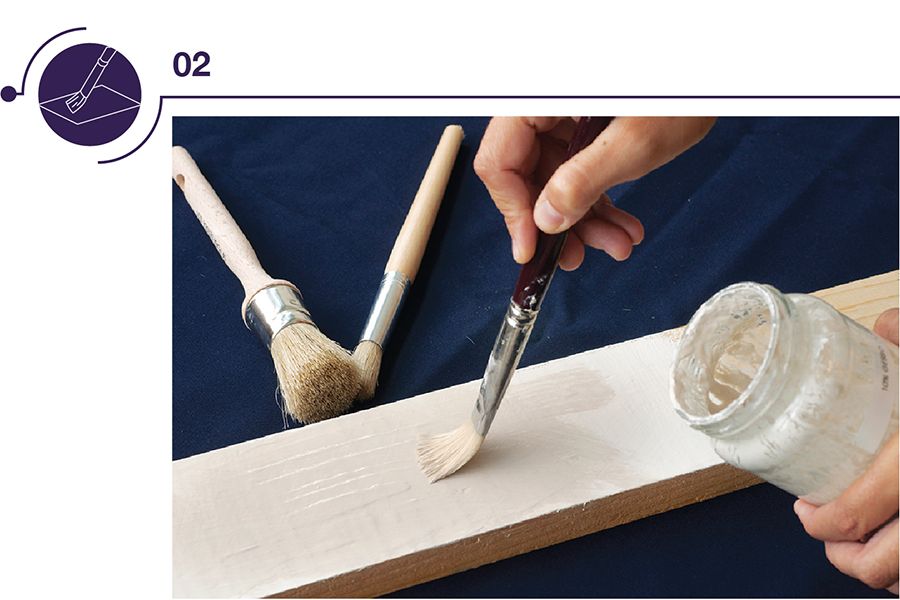
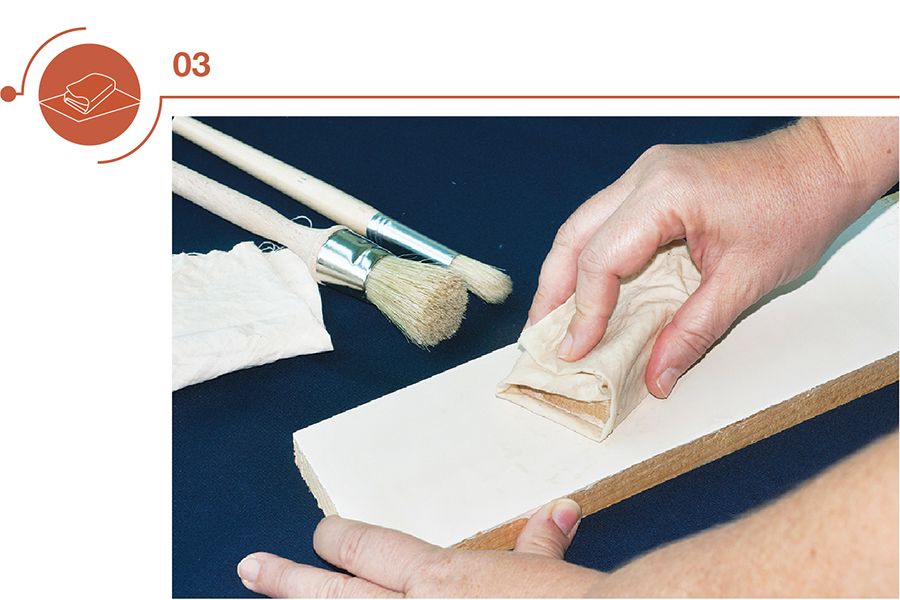
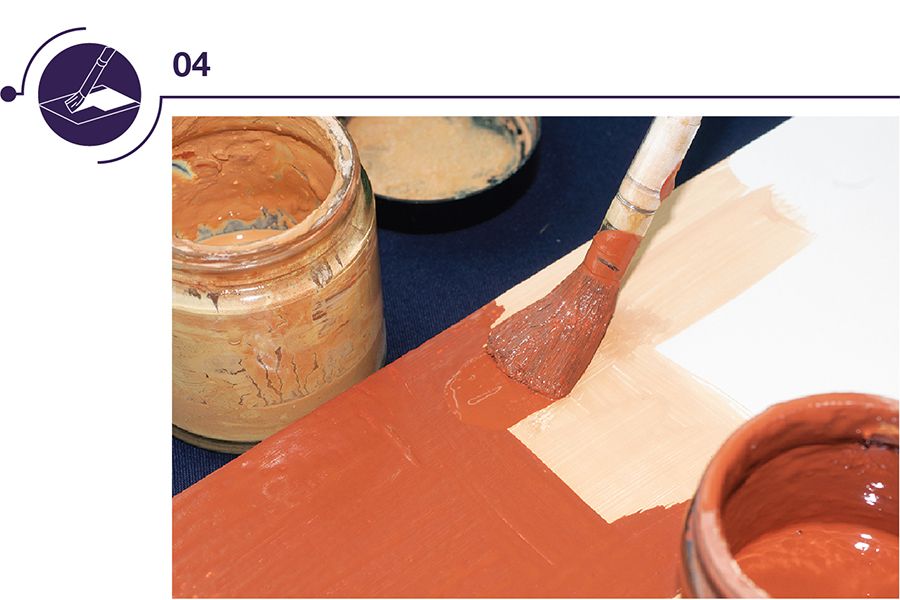
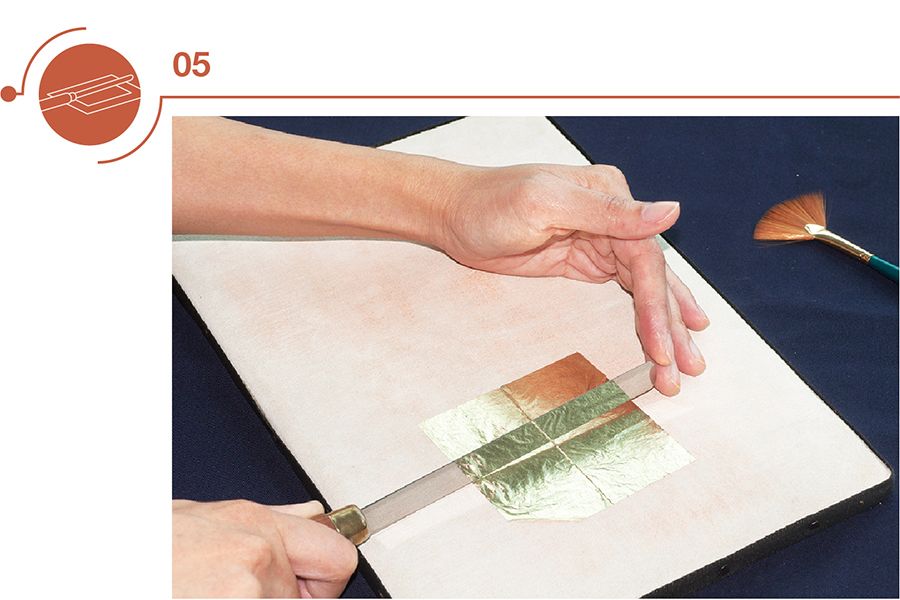
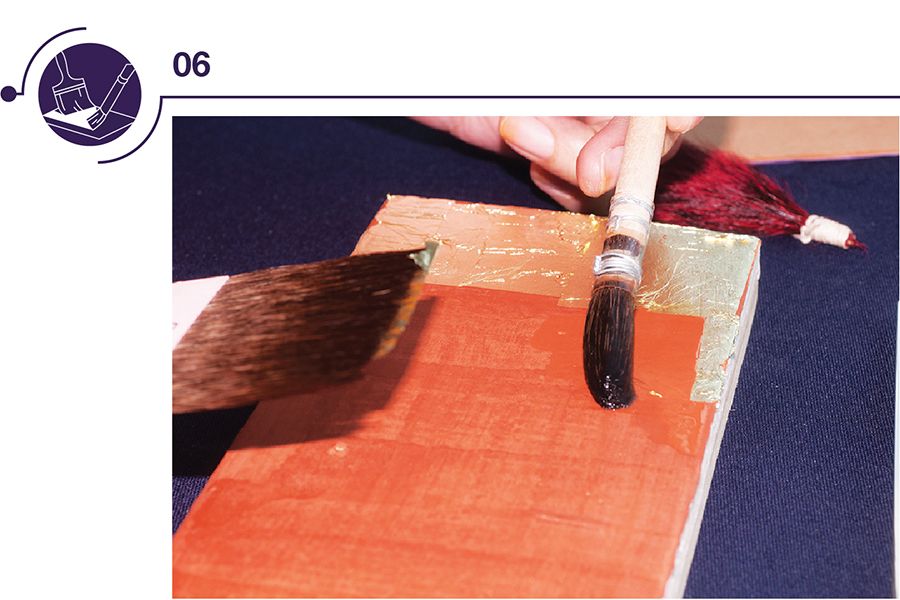
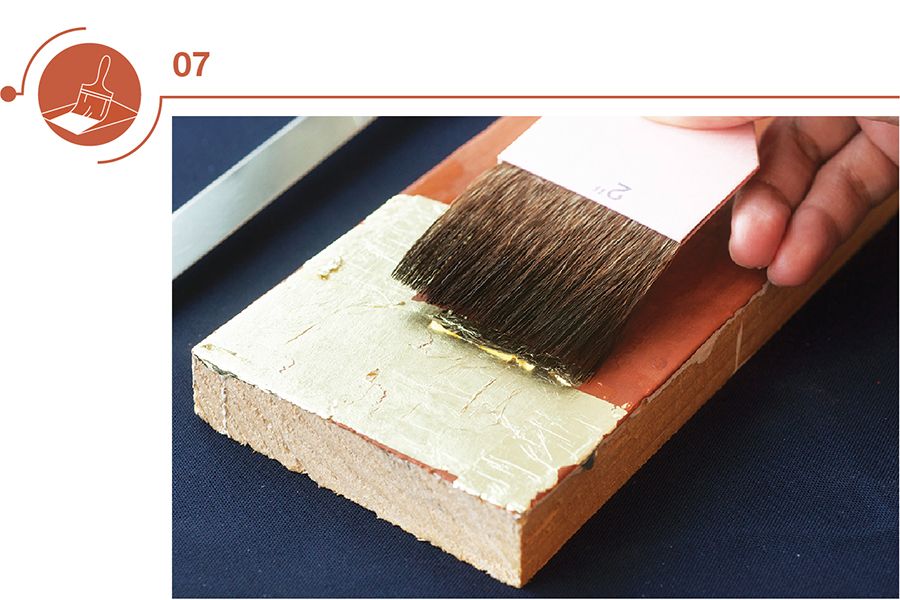
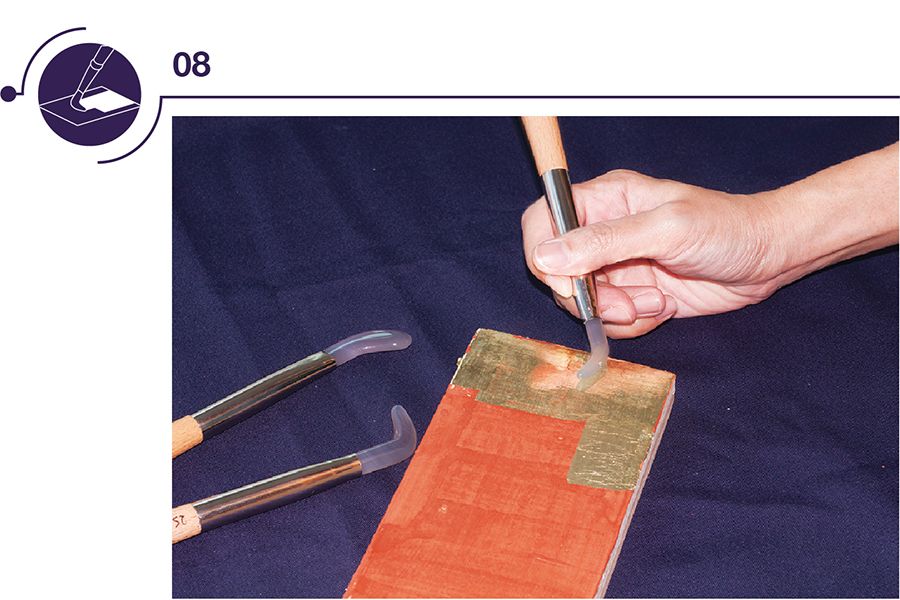
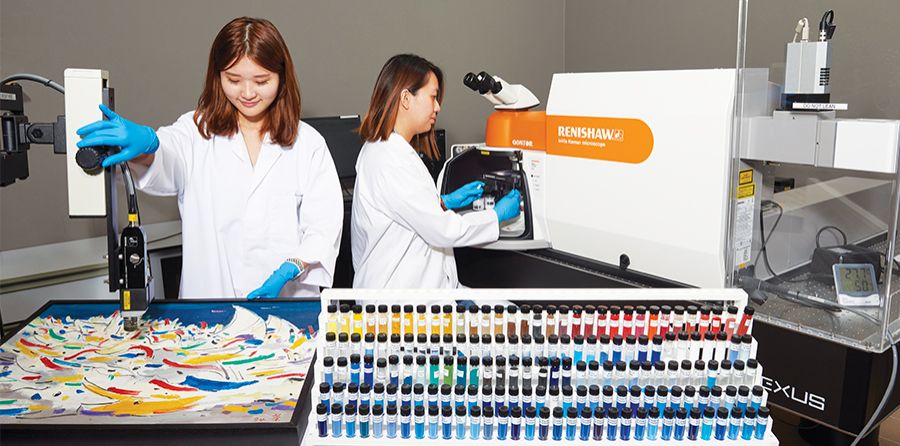

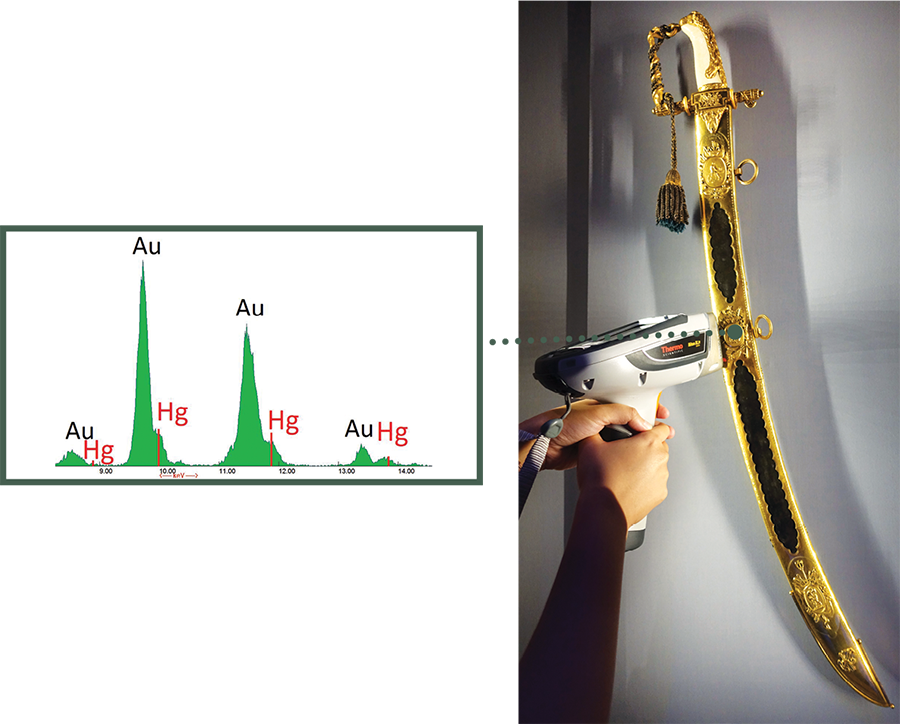
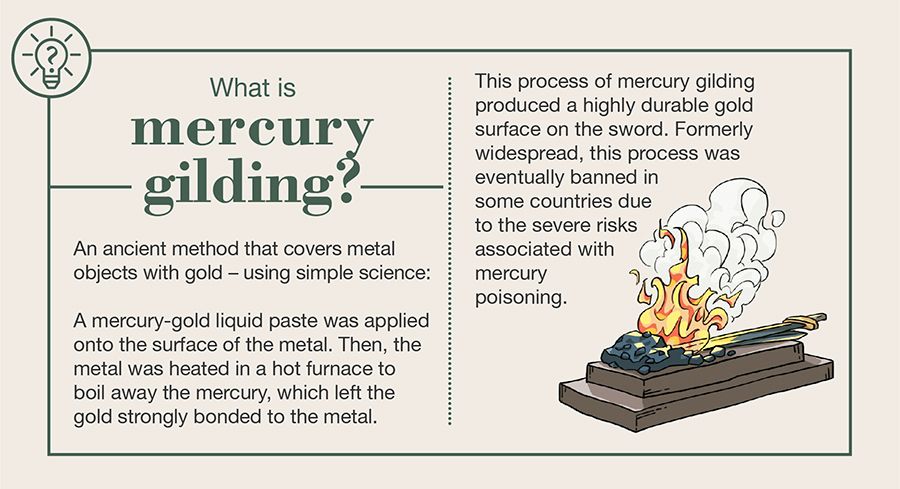
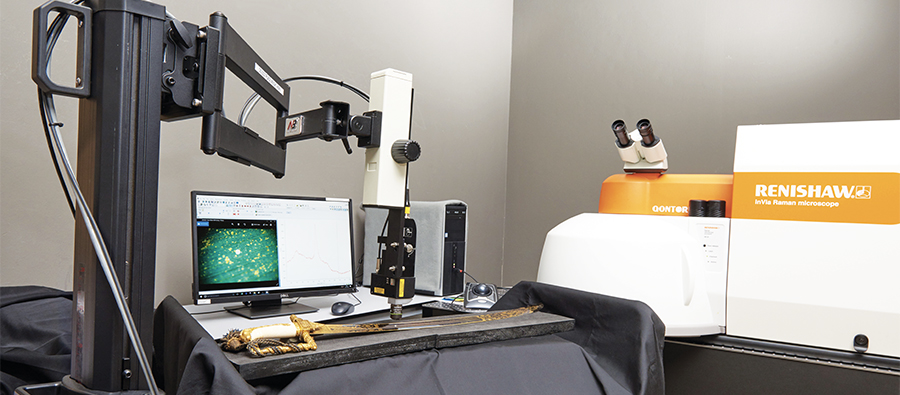
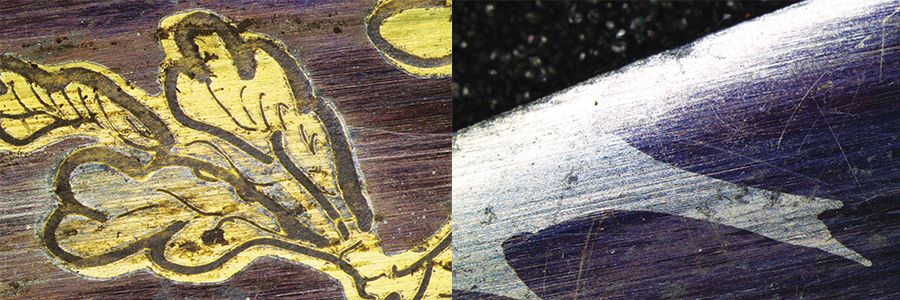
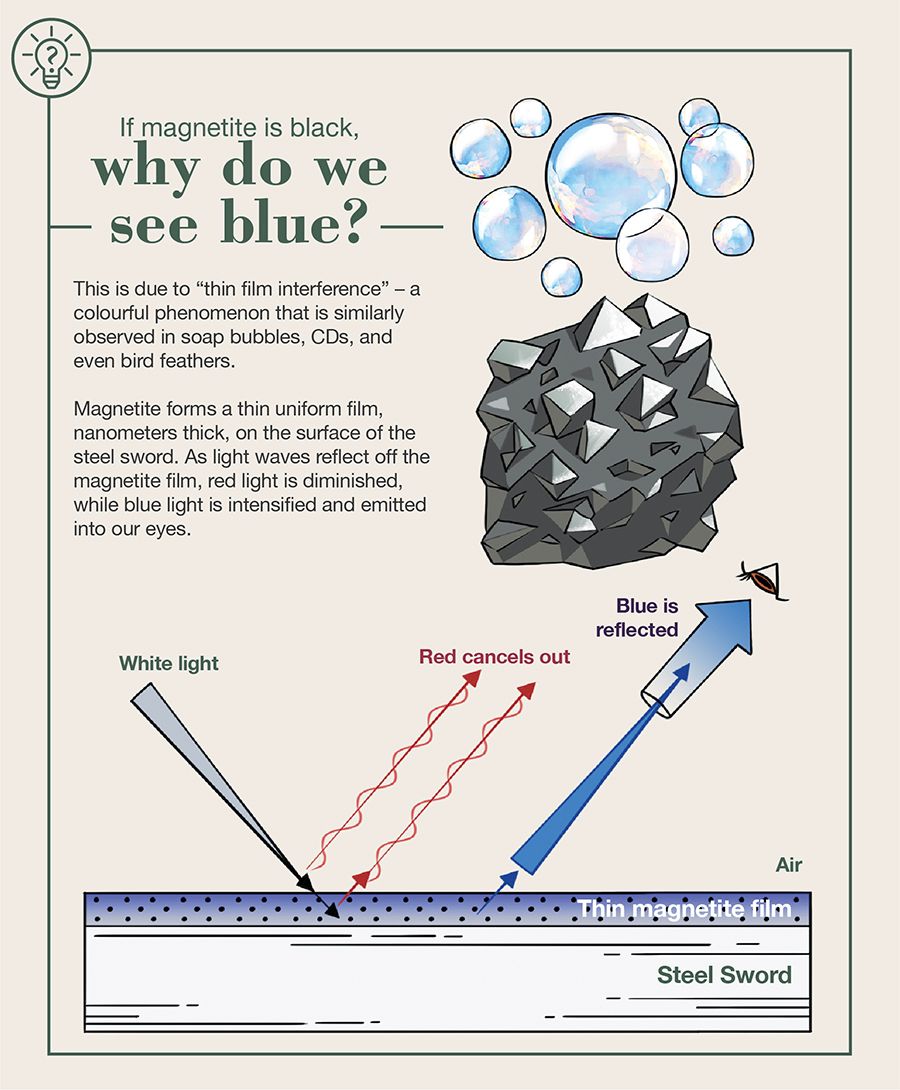
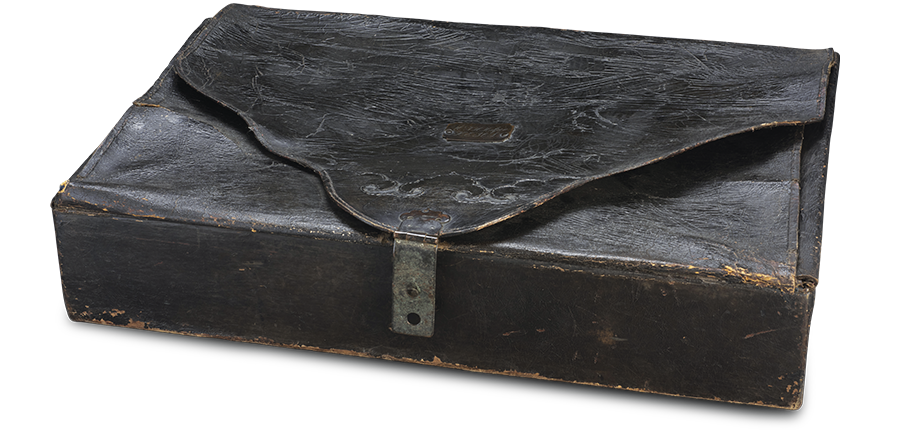
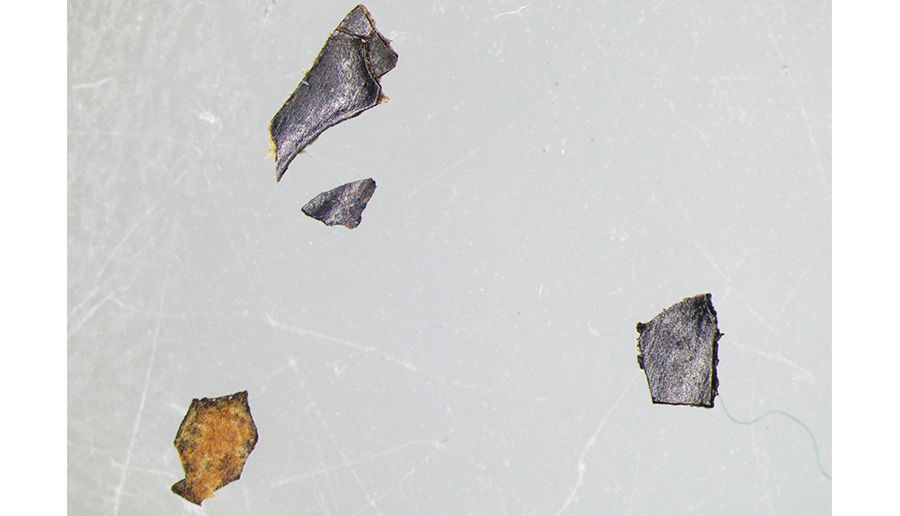
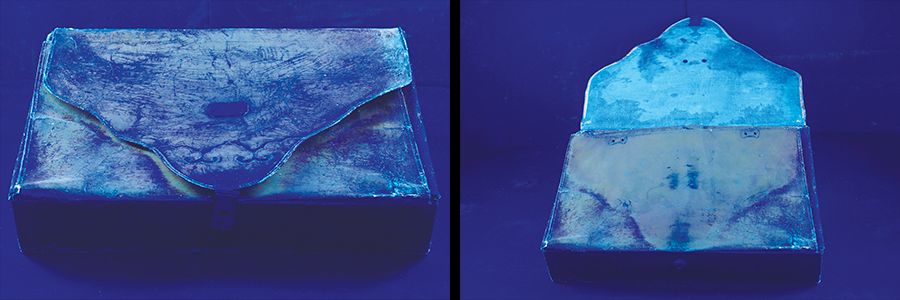
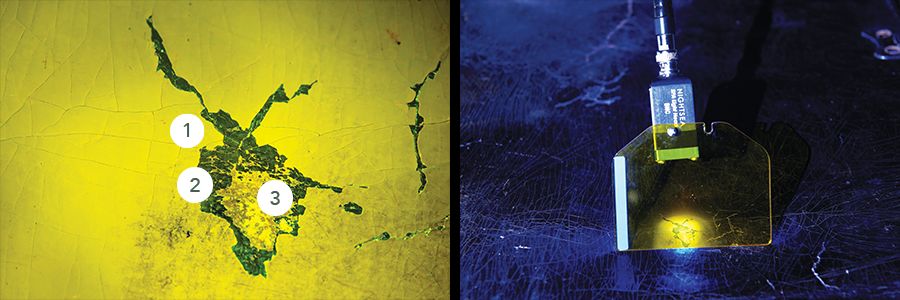
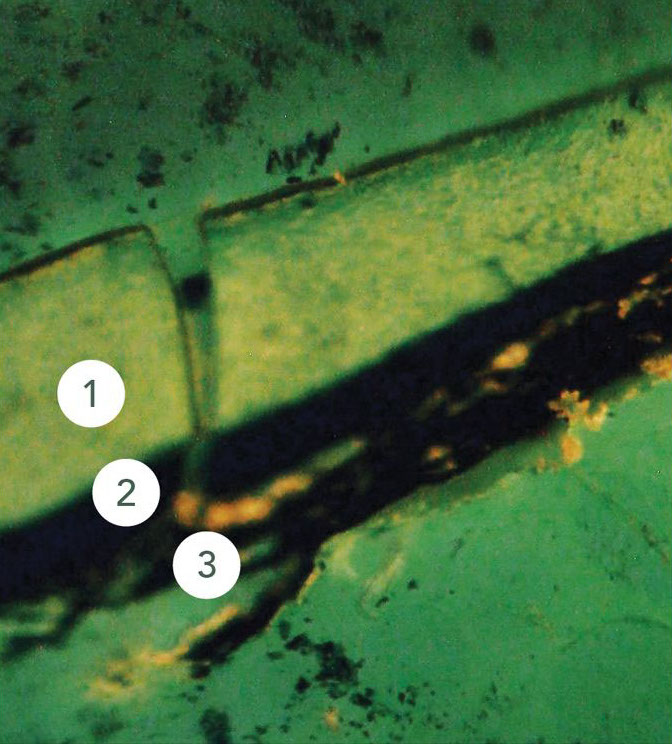
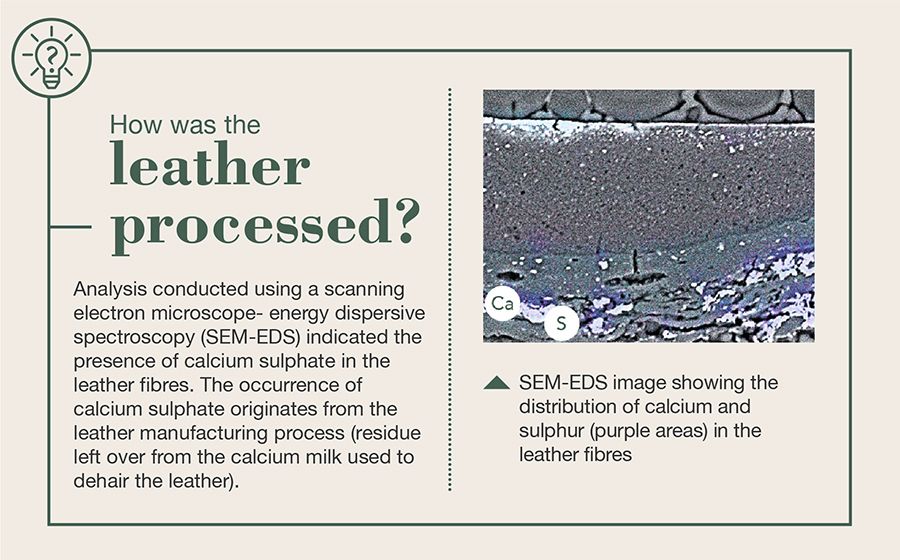
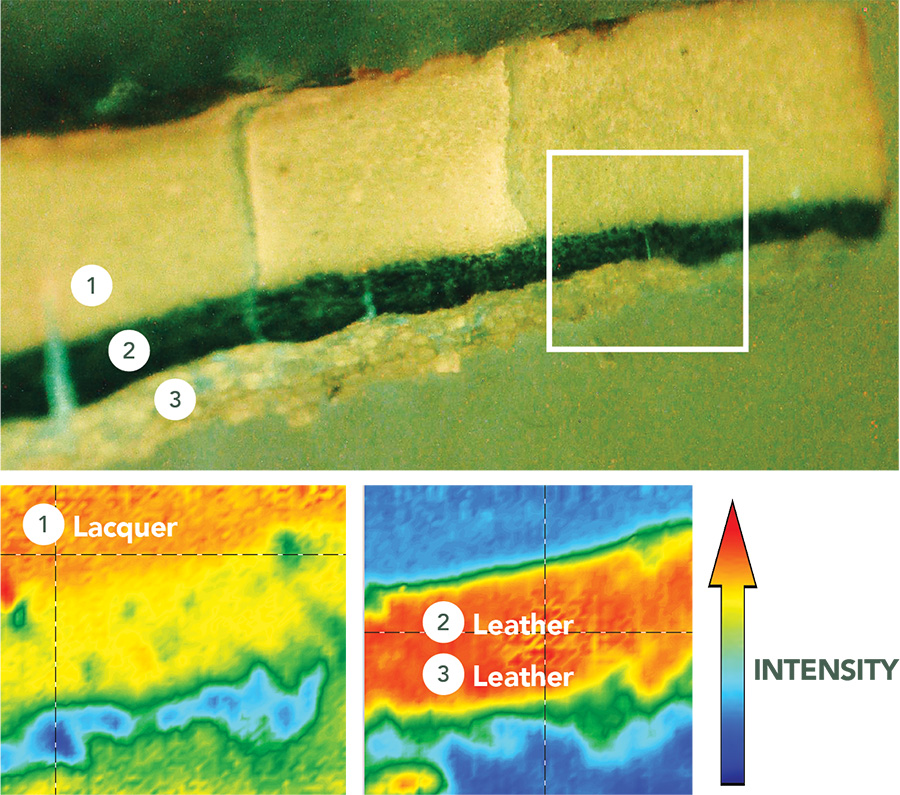

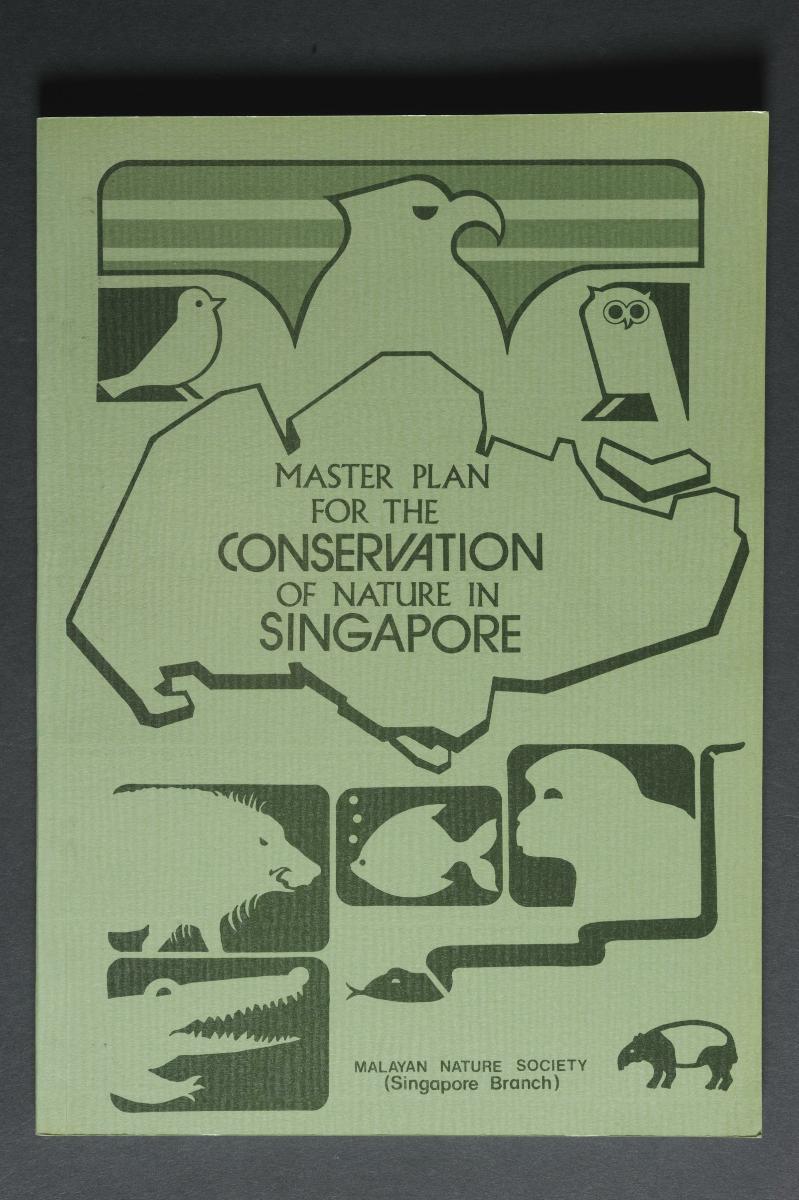



.ashx)


